Looking for players that contribute on both sides of the ball is often a difficult task. Separating out tactical responsibilities from player abilities, and individual shortcomings from schematic ones is always hard. Does a player not track back because he’s lazy or because he has instructions to remain high up the pitch? Does a midfielder keep passing it sideways because he cannot pick a forward pass or because the manager’s approach calls for conservative possession? With that in mind, I looked at a collection of players that excelled at two very specific things. I wanted to find players who both applied lots of pressure on the defensive side of the ball, and also were instrumental to their team bringing the ball into the attacking third. The idea was to focus on role rather than position, although for the most part looking at deep progressions and pressures will yield midfielders and wingers. Then, filter out great passers who are defensive liabilities (hello Granit Xhaka) as well as defensive destroyer specialists (with apologies to Mo Diame). There are, so far this season, 36 players in the Premier League who have played 300 minutes or more and are averaging more than 20 ball pressures per 90 minutes. There are 64 players who are averaging over 5 deep progressions per 90 (deep progressions measure how often a player brings the ball into the final third either by any means). There are, thanks to the round number gods, exactly ten players who appear on both lists. 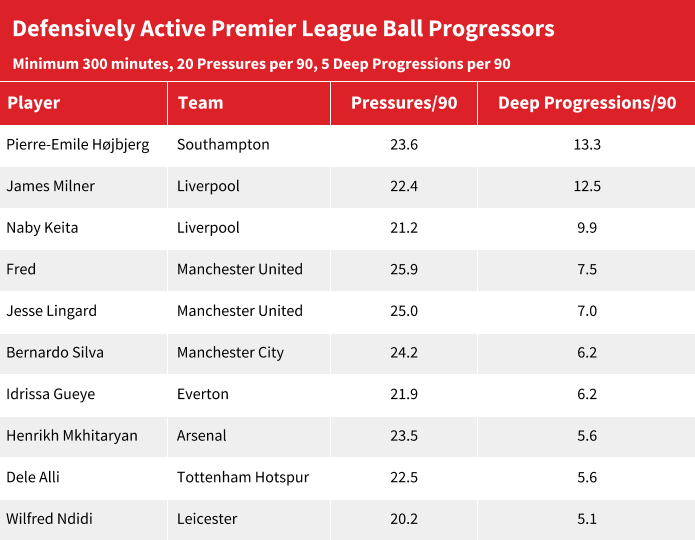
James Milner and Naby Keita
It’s no surprise to see a large chunk of Liverpool’s midfield featured here. The team is built on taking the ball back and relentlessly working it forward to the front three. Milner is averaging 22 pressures and 12 deep progressions while Keita is on 21 and 10. The two have incredibly similar numbers across the board with Milners slanted slightly to the defensive side of the ball while Keita is taking up more advance positions in and around the penalty area somewhat more. So, while their possession adjusted tackle numbers are virtually identical, Milner has 2.82 and Keita 2.79, Milner has a bunch more interceptions, 2.61 to 1.24 while Keita is taking more shots per game 1.88 to 0.72. Regardless these two are absolute midfield machines for Liverpool and the engine that drives their attack forward. Milner, in particular, at 32 years old is a wonder to behold. 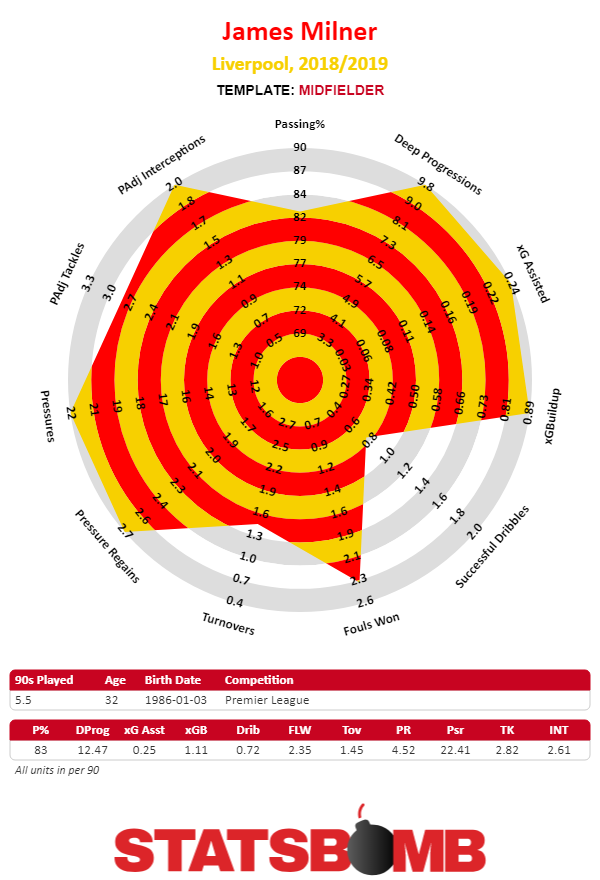
Jesse Lingard and Fred (Fred?)
Somewhat surprisingly, Manchester United are the only other team to have two players on this list. They’re also the two most active defenders, the only two players on the list averaging over 25 pressures per 90 (both are between 25 and 26). For Lingard, the stats fit well with is overall reputation as a grafting winger, equally happy checking back and bombing forward. Also, since he’s frequently playing with two more attack minded players across the front line, it makes sense that he’d be the one tasked with dropping deeper to help with ball progression. Fred is the surprise. He hasn’t exactly lit the world on fire over his first few months at the club. But, the man knows how to intercept a pass, and is competent at bringing the ball forward with his feet. His passing leaves a lot to be desired, but he does just enough on the attacking end to get onto this list while contributing quite a bit when it comes to harrying opponents all over midfield. 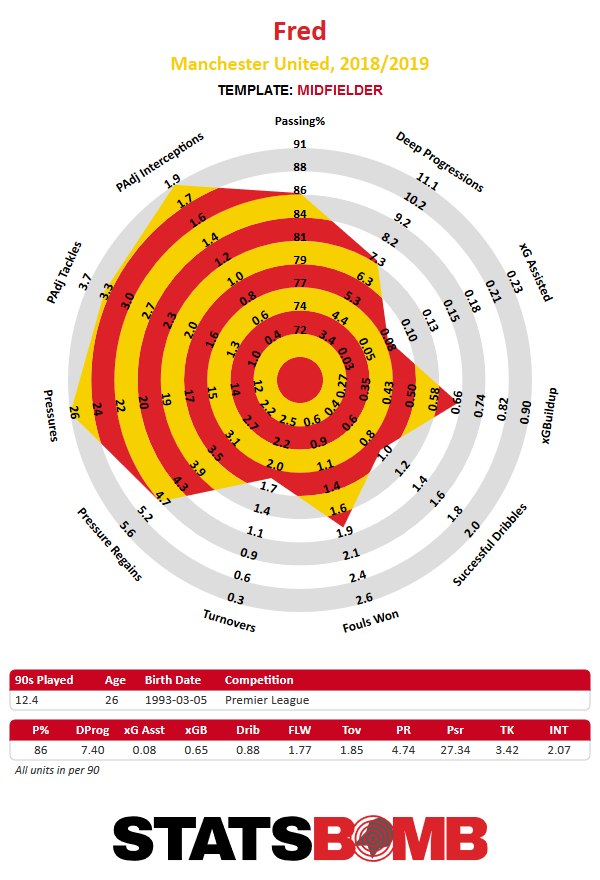
Dele Alli
Alli stands out on this list because not only is he a capable ball progressor who is, for the first time, doing tons of defensive work, but he’s also a scoring machine. His expected goals per 90 this season is a whopping 0.50, almost double anybody else on this list. It’s not that he’s taking a lot more shots than other players. Half the players on this list, including Alli take between two and two and a half shots per 90 minutes. But Alli’s shots have been great ones. His xG per shot is 0.22, nobody else is above 0.12. It’s hard to capture Alli’s role this season effectively. Is he a midfielder? 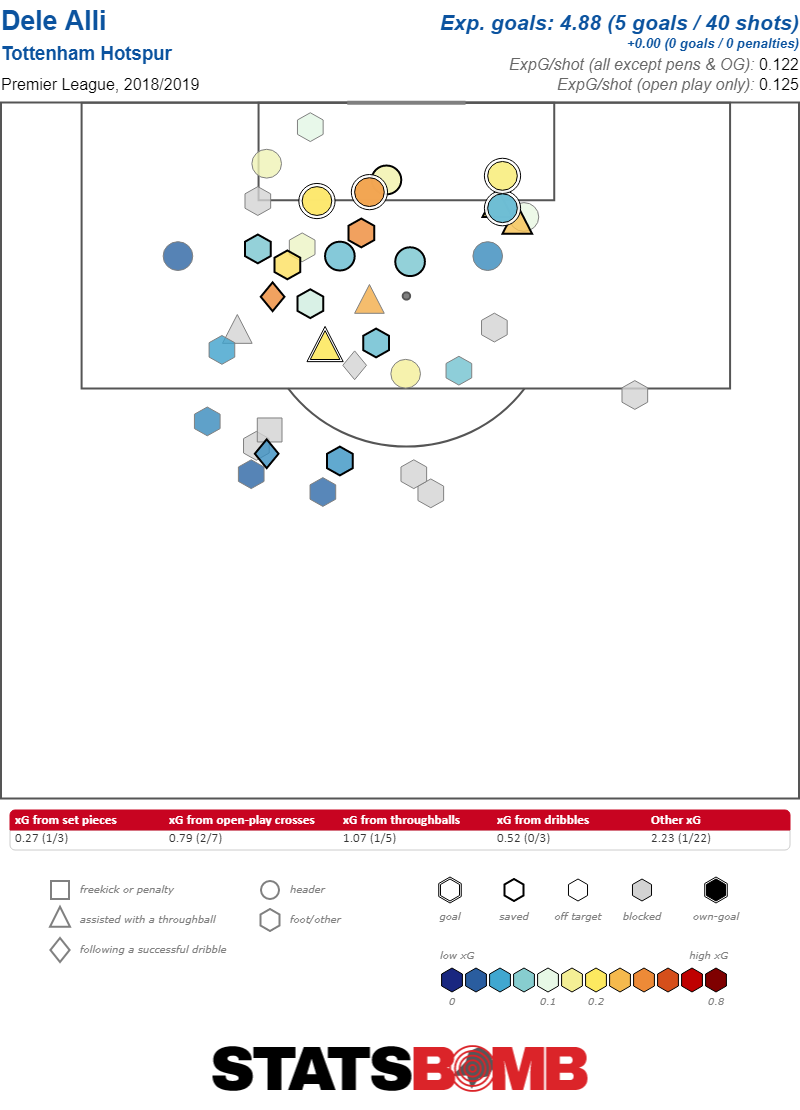 An attacking midfielder?
An attacking midfielder? 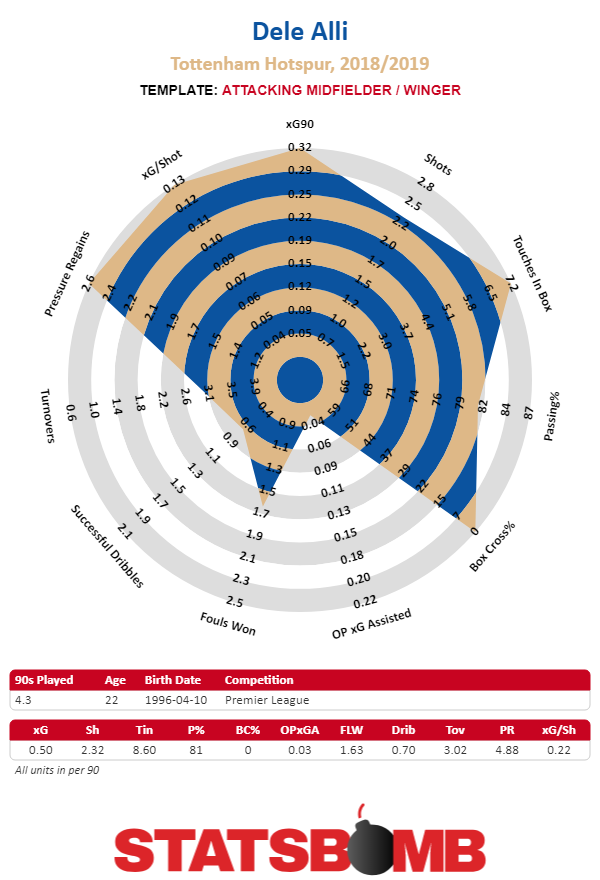 Both? Neither? Whatever he is, he’s doing work.
Both? Neither? Whatever he is, he’s doing work.
Henrikh Mkhitaryan
After beginning the season as a starter, Mkhitaryan has ended up as the odd man out as Unai Emery tries to cram as many attackers as he can onto the field. It’s possible he should rethink that decision. The Armenian winger is the only member of Arsenal’s attacking squad that both puts up robust attacking and defending numbers. His ball progression numbers aren’t actually that impressive, but that’s because they’re also almost an afterthought to his game. Playing in a side that frequently features both Mesut Ozil and Granit Xhaka, Mkhitaryan is the third most important transition player. He’s also contributing 2.5 shots and over a quarter of an expected goal per match. Impressive numbers given that, again, he’s supporting more prominent attacking players in Pierre-Emerick Aubameyang or Alexandre Lacazette (or both). Mkhitaryan specializes in being the third best attacking player on the field at absolutely everything. Which is an extremely useful role to play.
Everybody Else
It’s interesting that Bernardo Silva is the only Manchester City player here. It’s hard to run up the defensive stats, even pressures, when your team always has the ball, see also the absence of Kante, N’golo. Wilfred N’didi is a defensive machine who does just enough ball progression from deep to get on the list. Idrissa Gueye does the same for Everton. And Pierre-Emile Højbjerg is having himself a heck of a season.
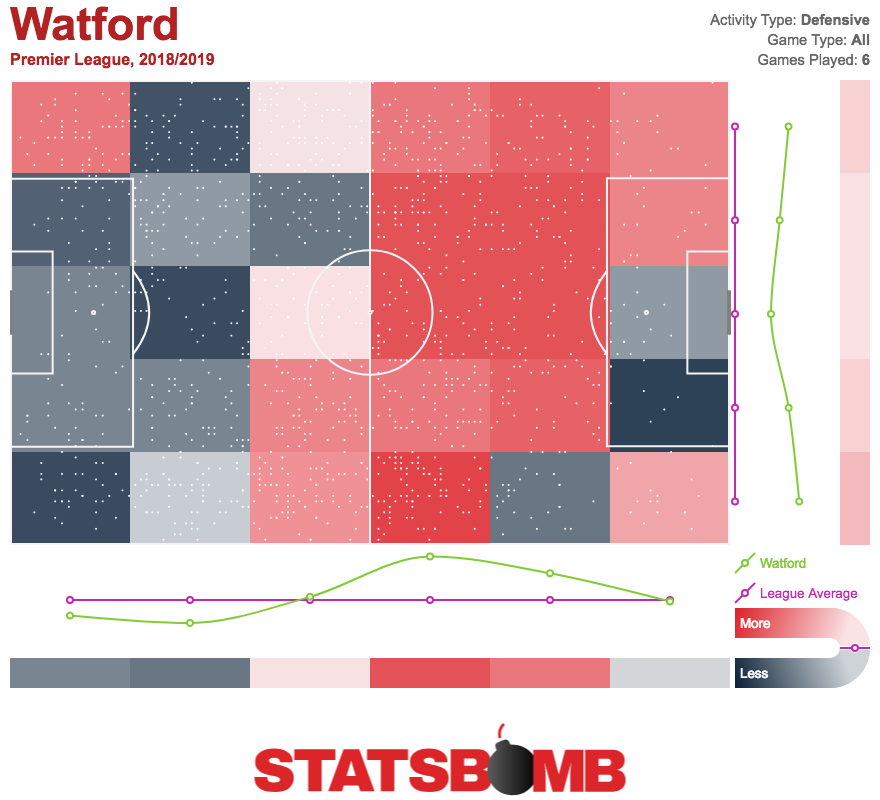
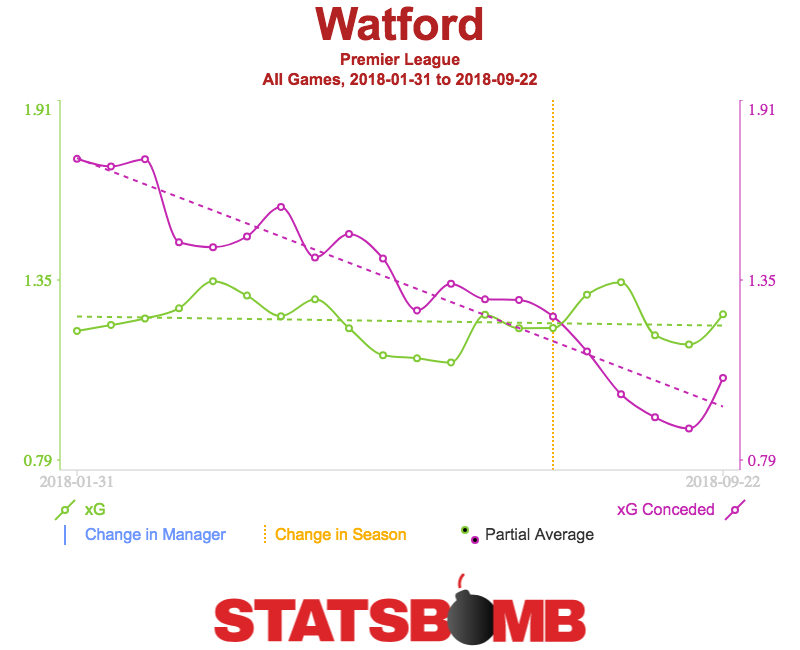
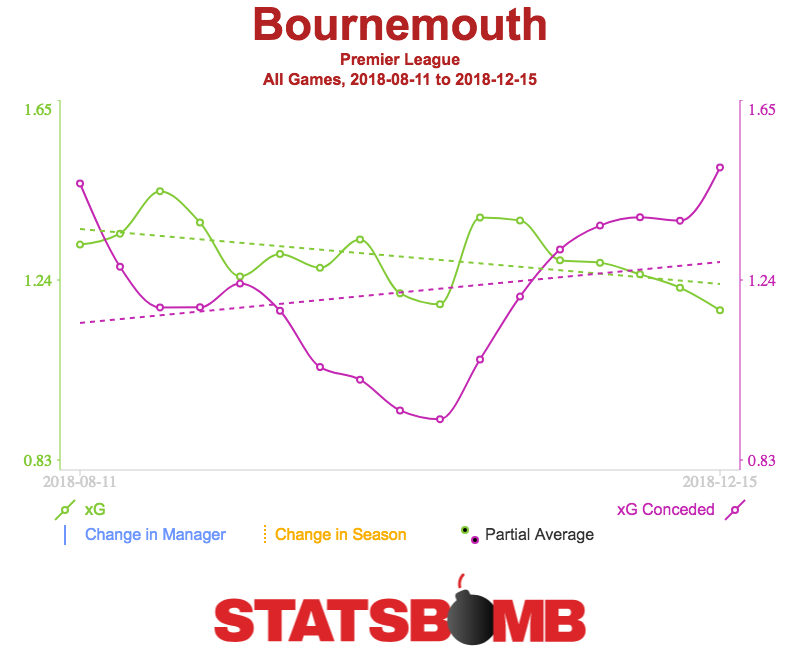
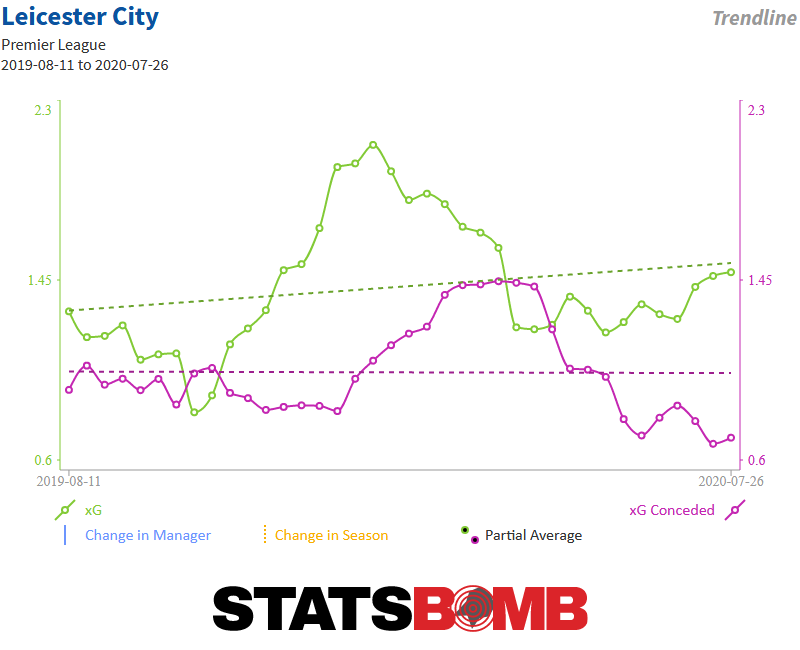
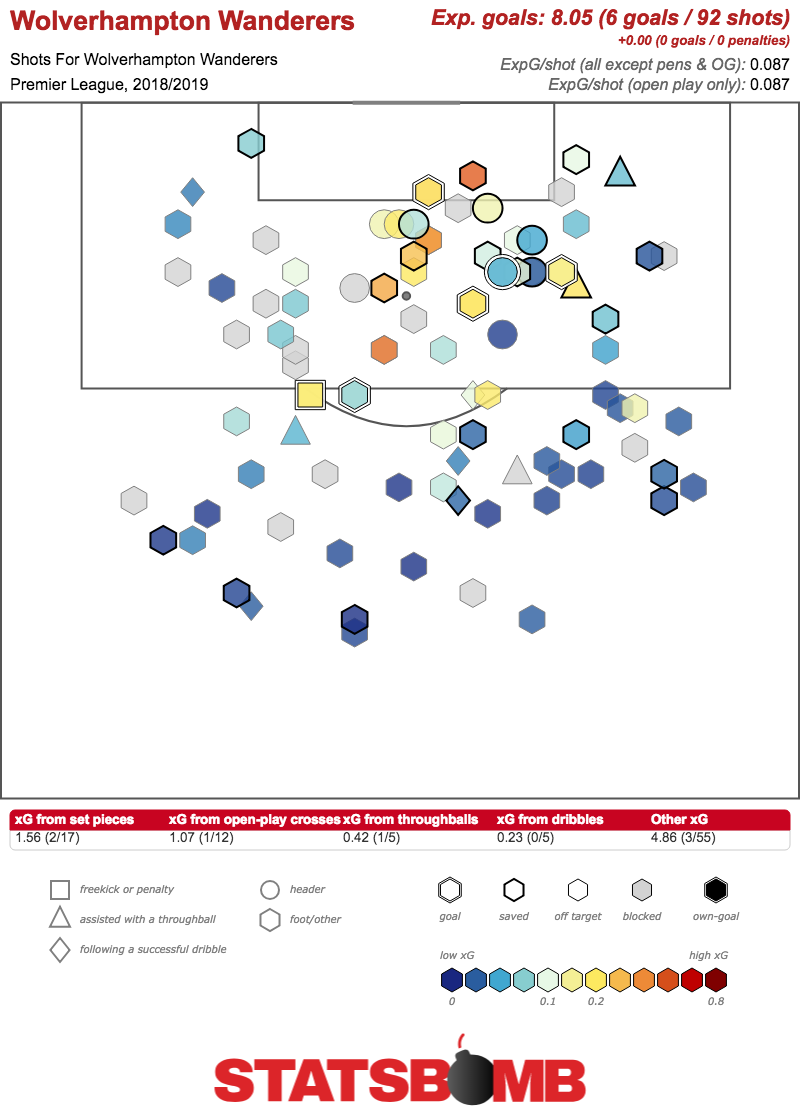
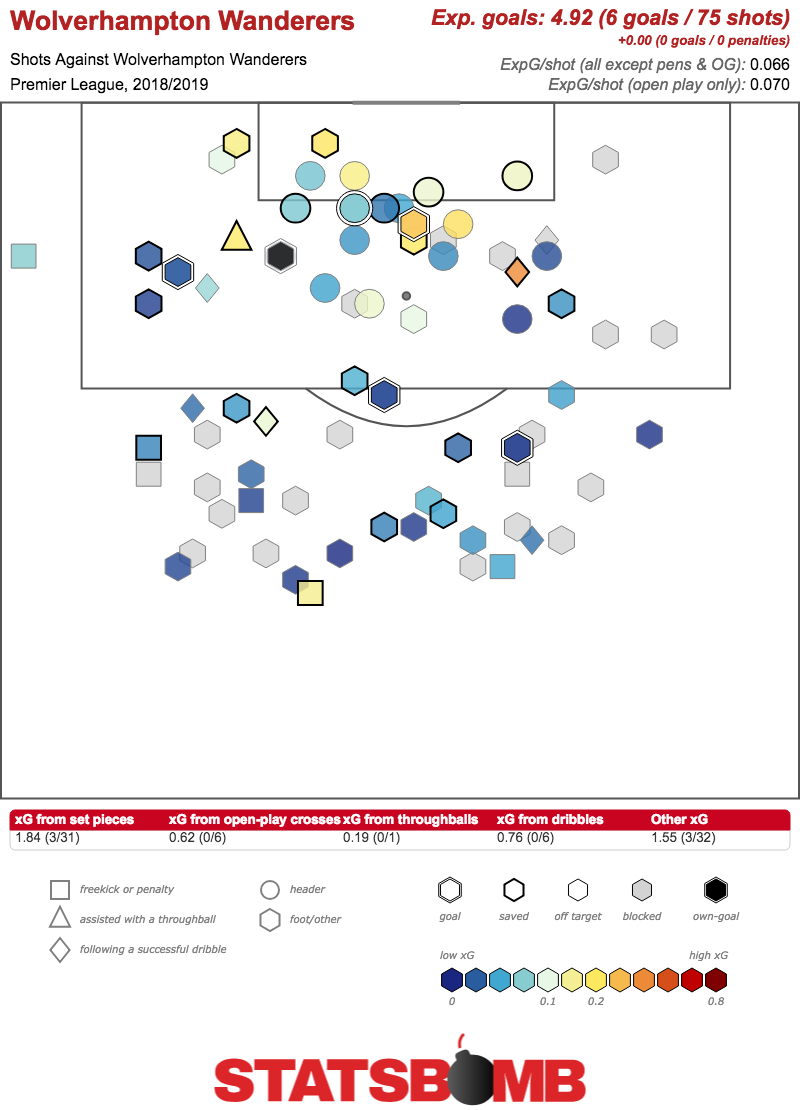 How Wolves go about it is interesting. Without the ball, Nuno Espirito Santo’s men stay deep and compact, allowing the opposition to hold onto the ball largely untested. The side’s high press rating (based on StatsBomb’s pressure data) is the fifth lowest in the league. The aim of low press systems is to restrict the quality of the chances conceded rather than the volume, and this is exactly what Wolves have managed, with their xG per shot conceded of 0.07 the best in England’s top flight. When Wolves do manage to get the ball back, the midfield is extremely effective at moving the ball forward. The double pivot Ruben Neves and Joao Moutinho achieves a combined 16.47 deep progressions per 90, a fairly remarkable number for two midfielders alongside each other. That Wolves are able to get so much ball progression out of their midfield without sacrificing defensive solidity might be the most impressive thing about Nuno’s system, and while there is an instinct to suggest this will eventually be exposed, Wolves have faced a fairly tough schedule so far and done fine with it. It feels too soon to proclaim Wolves as the seventh best team in England. The history of the Premier League is littered with promoted clubs that have started strong before falling by the wayside fairly rapidly. Perhaps Everton will get over their start so poor they didn’t make this article to take back their eternal “best of the rest” trophy. Leicester remain a club still integrating new talent and could well find themselves in a stronger position toward the end of the season. Nonetheless, if you’re asking me to name the seventh best team at this very moment, Wolves are the best bet. The West Midlands club have so far been able to arrange their considerable attacking talent in a way that allows them to do their thing while maintaining a defensive structure. We will see if it works over a full season, but if it does, we could have the best newly promoted team to the Premier League in a long time.
How Wolves go about it is interesting. Without the ball, Nuno Espirito Santo’s men stay deep and compact, allowing the opposition to hold onto the ball largely untested. The side’s high press rating (based on StatsBomb’s pressure data) is the fifth lowest in the league. The aim of low press systems is to restrict the quality of the chances conceded rather than the volume, and this is exactly what Wolves have managed, with their xG per shot conceded of 0.07 the best in England’s top flight. When Wolves do manage to get the ball back, the midfield is extremely effective at moving the ball forward. The double pivot Ruben Neves and Joao Moutinho achieves a combined 16.47 deep progressions per 90, a fairly remarkable number for two midfielders alongside each other. That Wolves are able to get so much ball progression out of their midfield without sacrificing defensive solidity might be the most impressive thing about Nuno’s system, and while there is an instinct to suggest this will eventually be exposed, Wolves have faced a fairly tough schedule so far and done fine with it. It feels too soon to proclaim Wolves as the seventh best team in England. The history of the Premier League is littered with promoted clubs that have started strong before falling by the wayside fairly rapidly. Perhaps Everton will get over their start so poor they didn’t make this article to take back their eternal “best of the rest” trophy. Leicester remain a club still integrating new talent and could well find themselves in a stronger position toward the end of the season. Nonetheless, if you’re asking me to name the seventh best team at this very moment, Wolves are the best bet. The West Midlands club have so far been able to arrange their considerable attacking talent in a way that allows them to do their thing while maintaining a defensive structure. We will see if it works over a full season, but if it does, we could have the best newly promoted team to the Premier League in a long time. 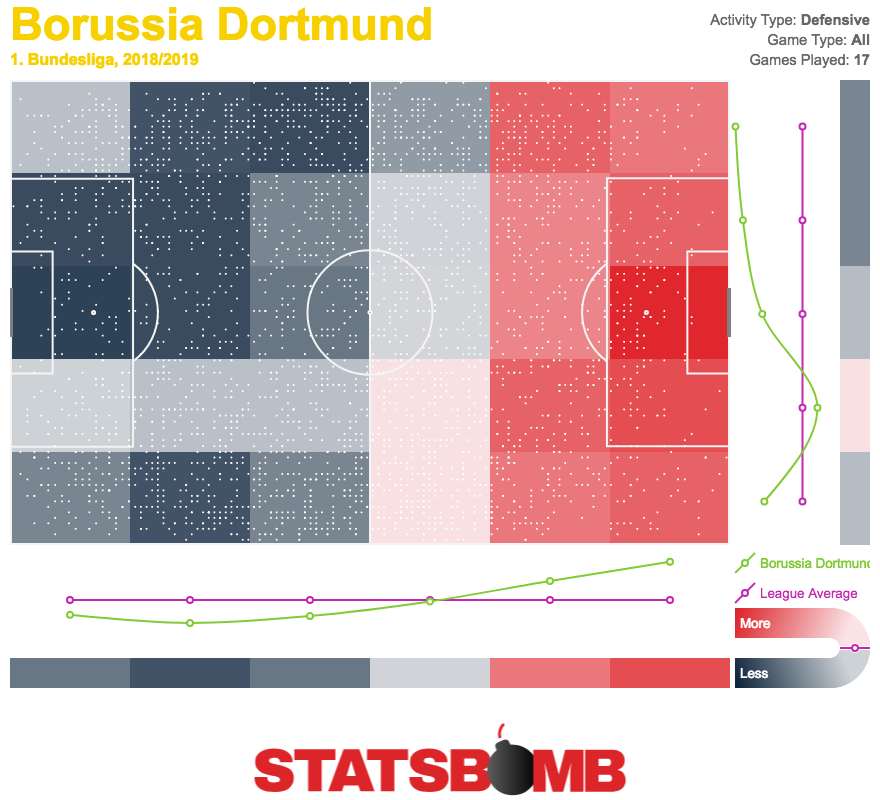
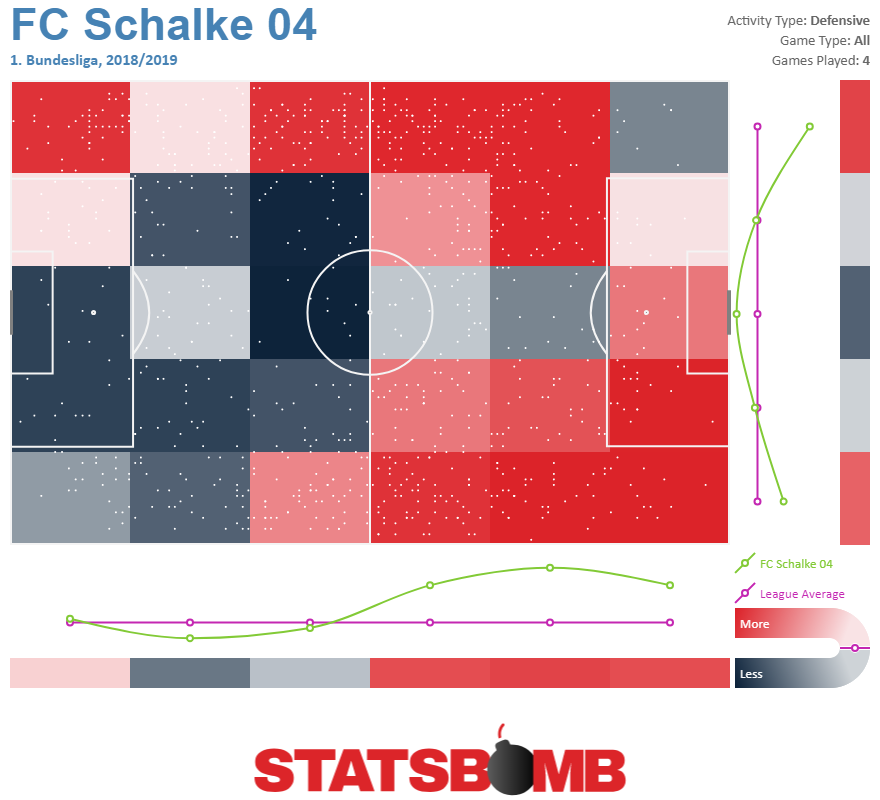
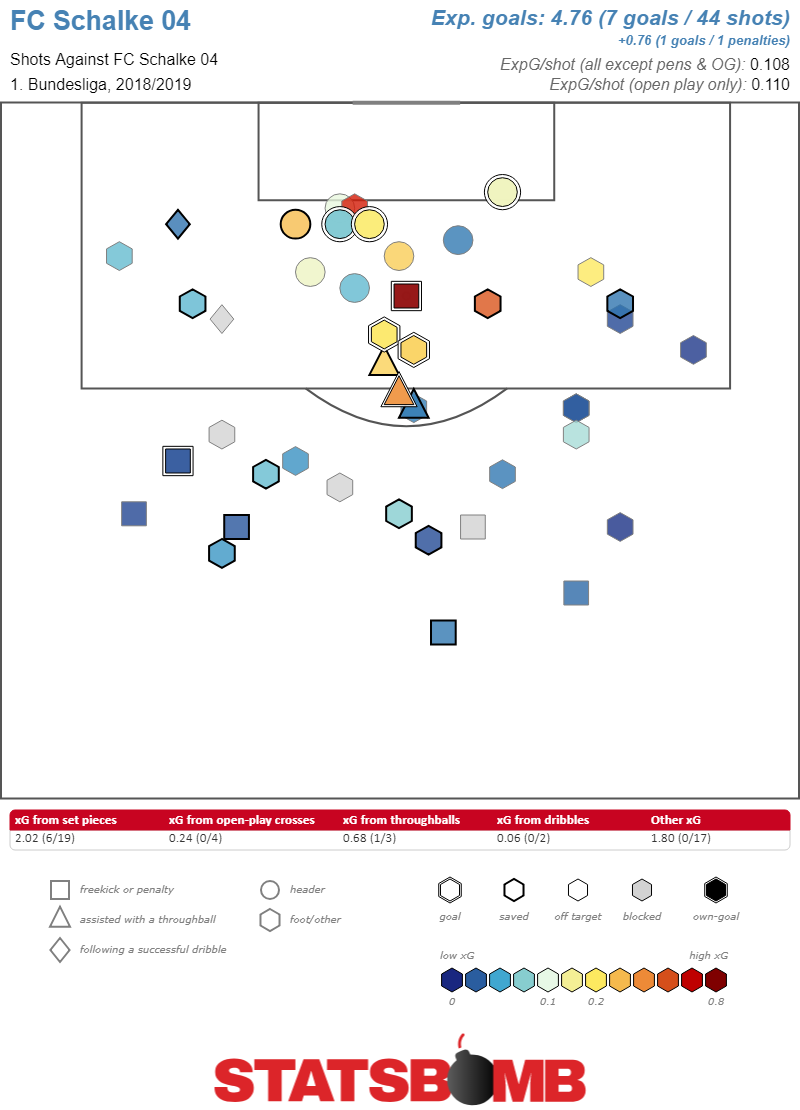
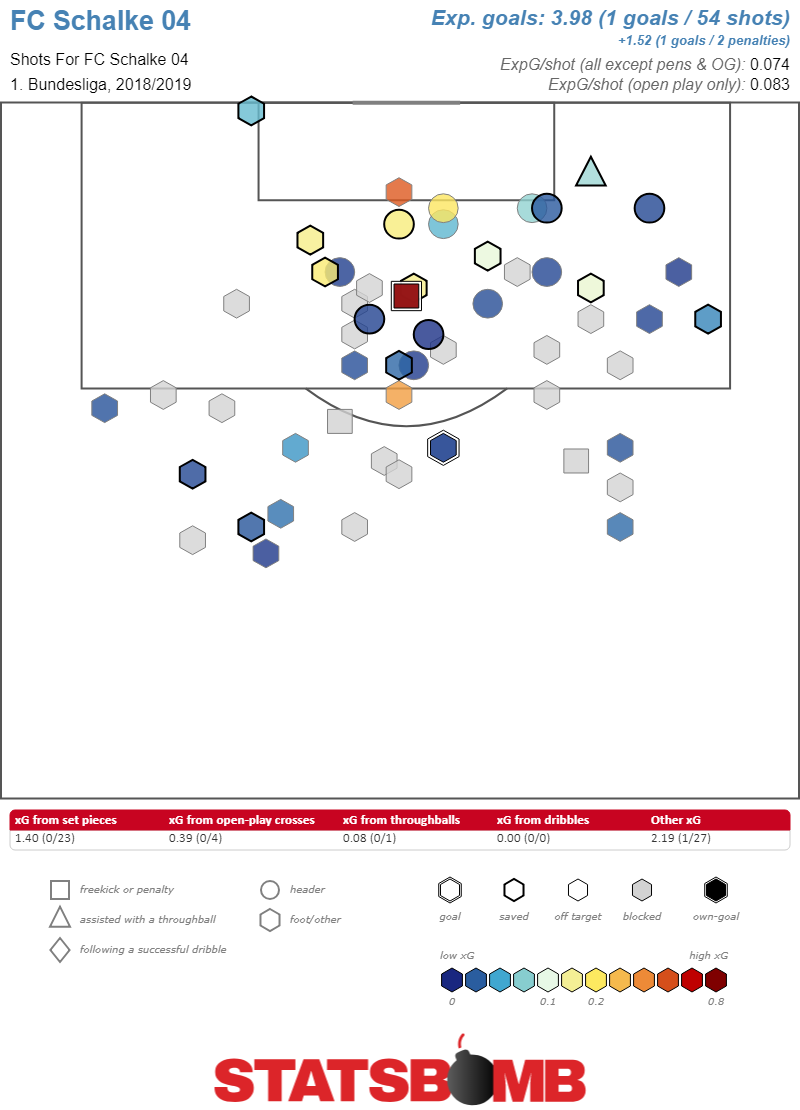
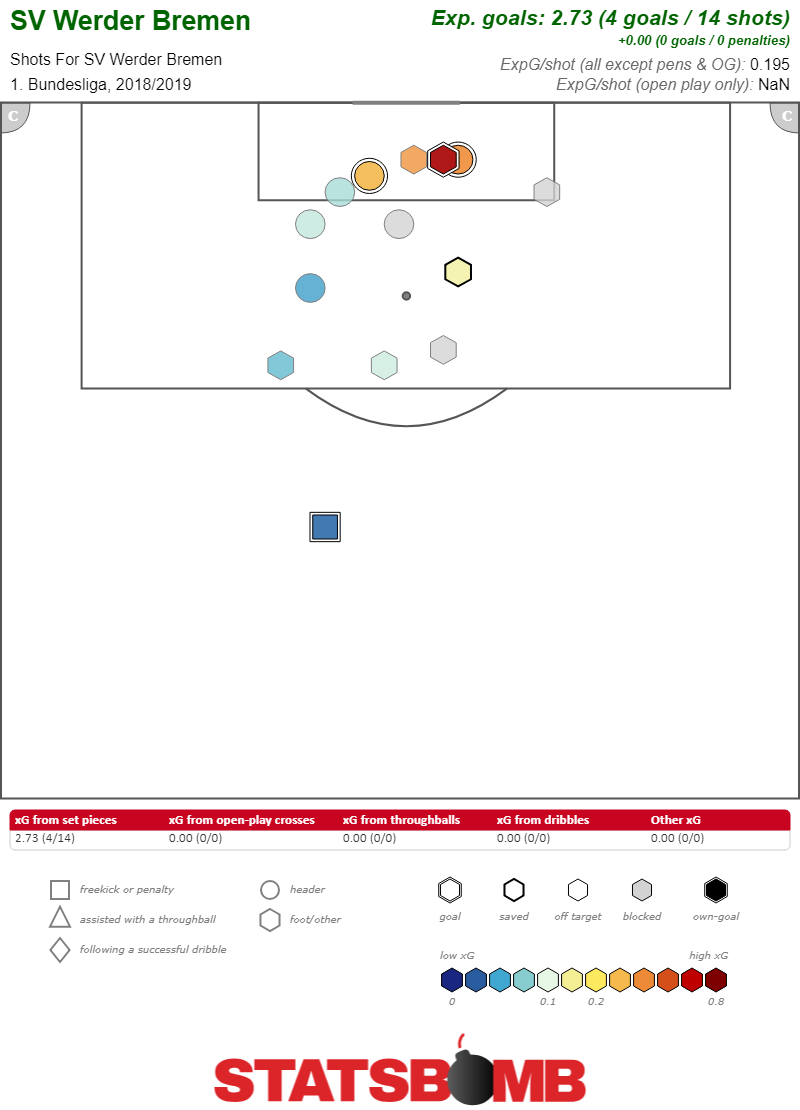
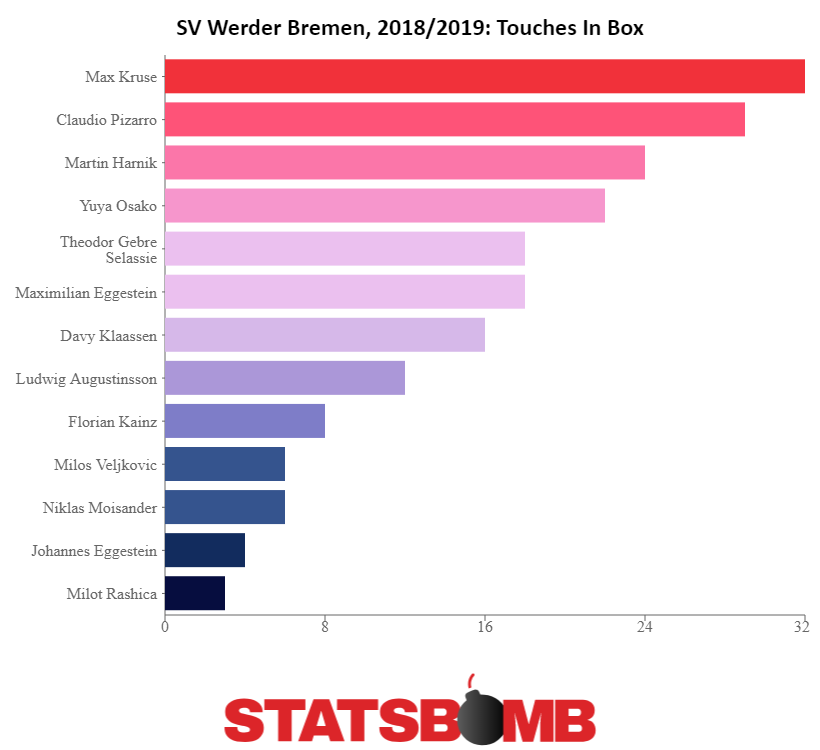
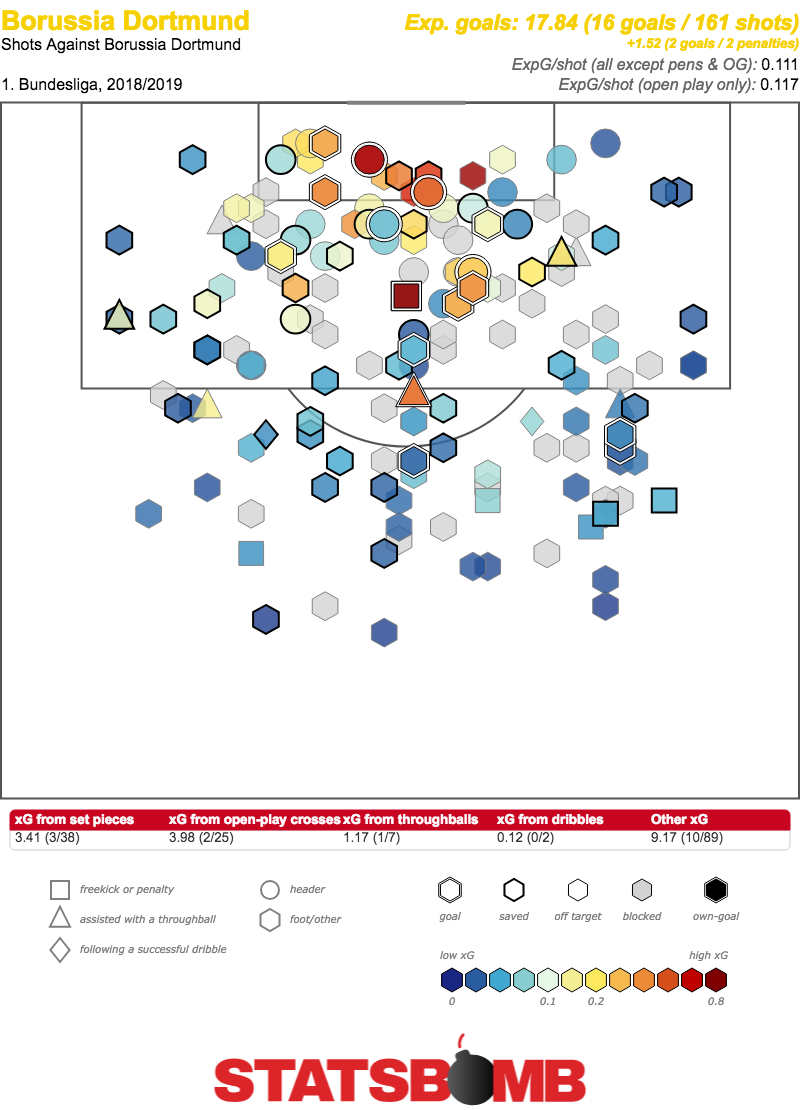
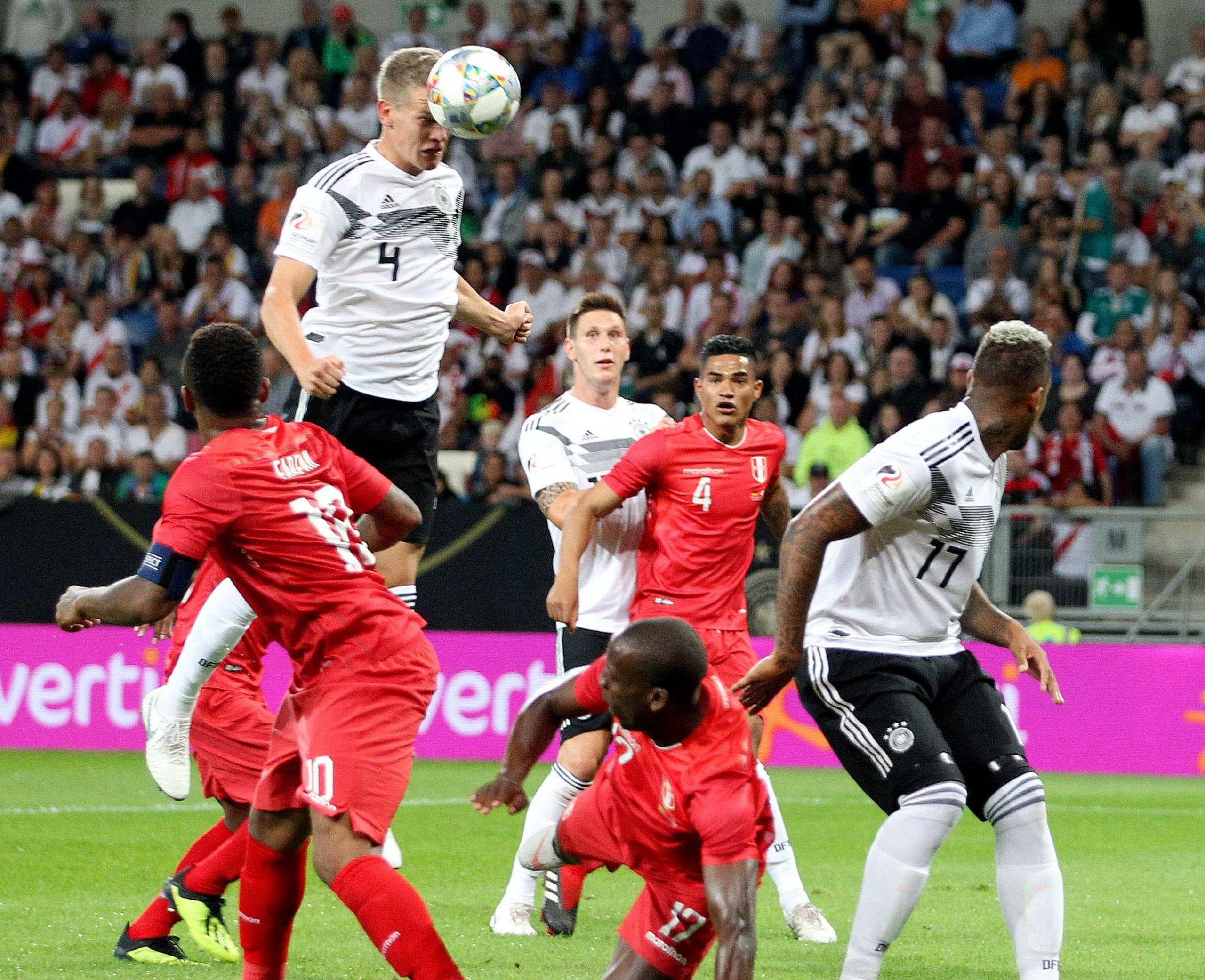
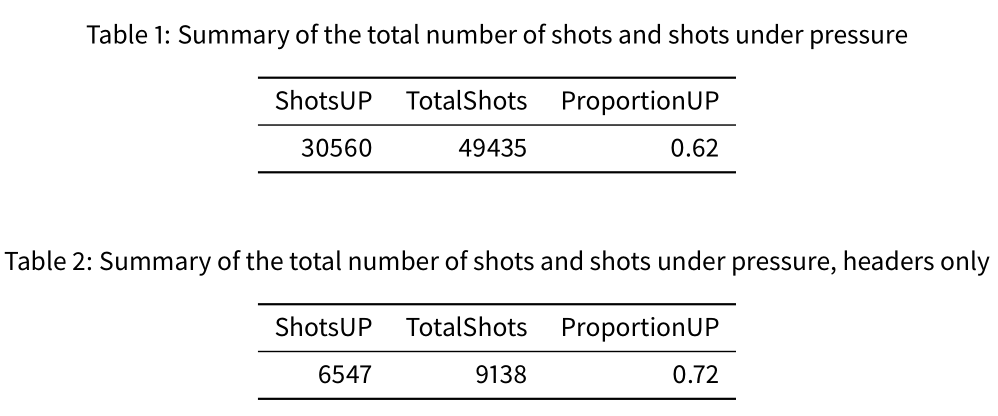
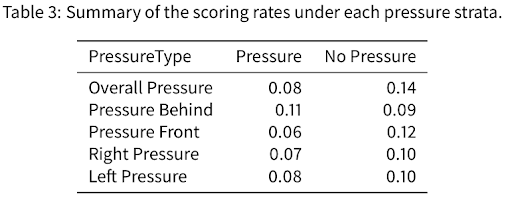
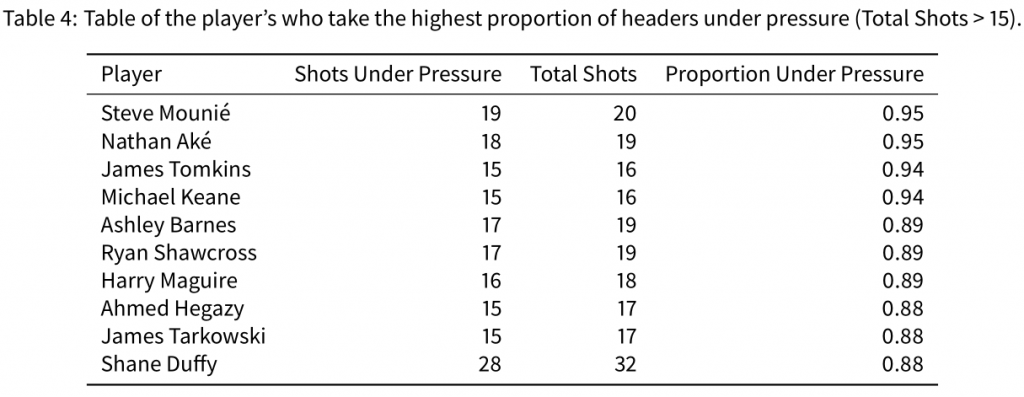
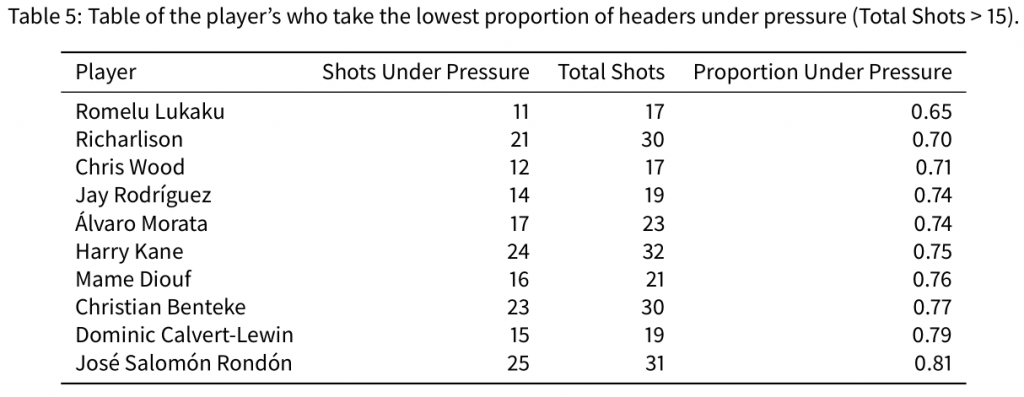
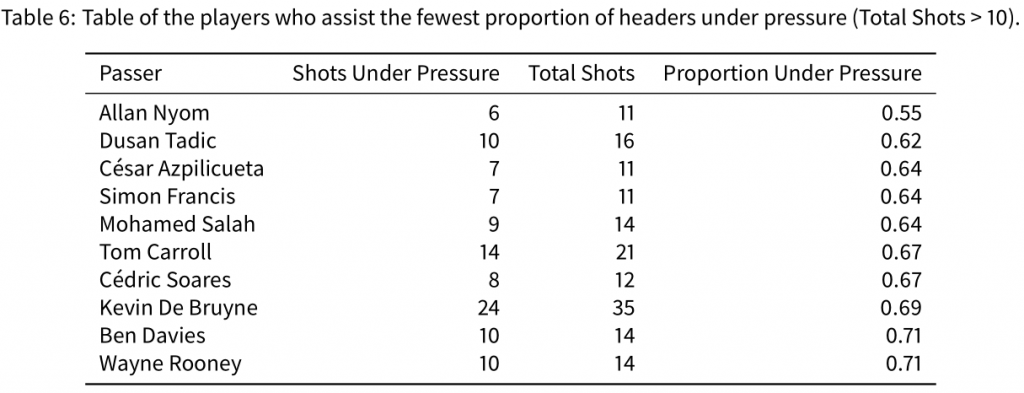

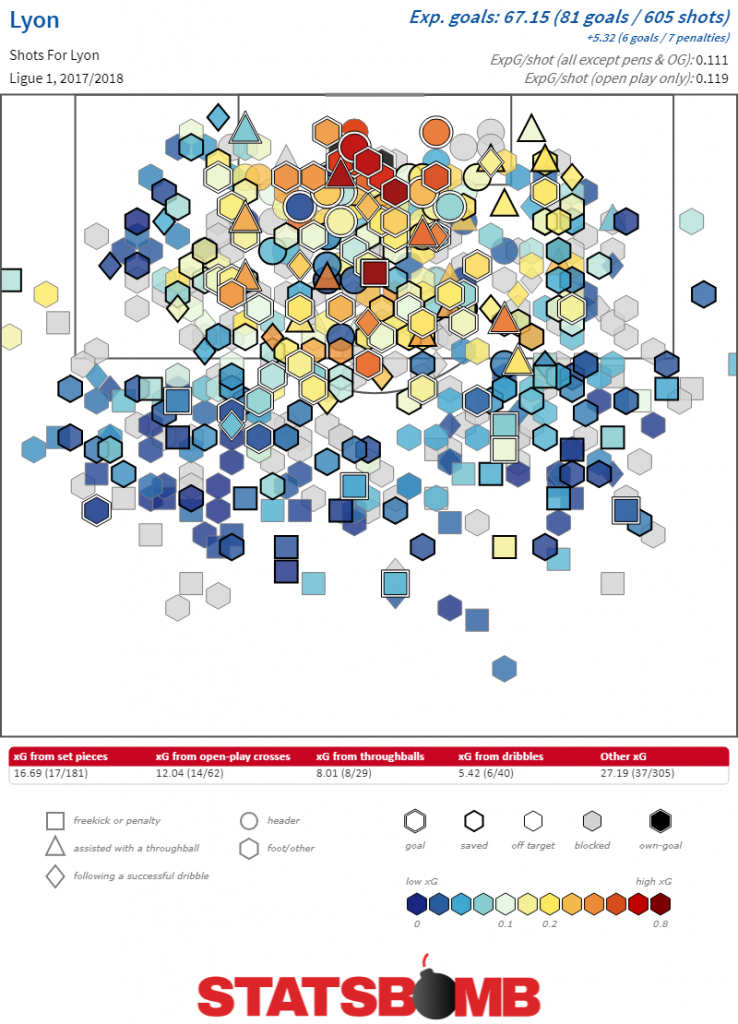
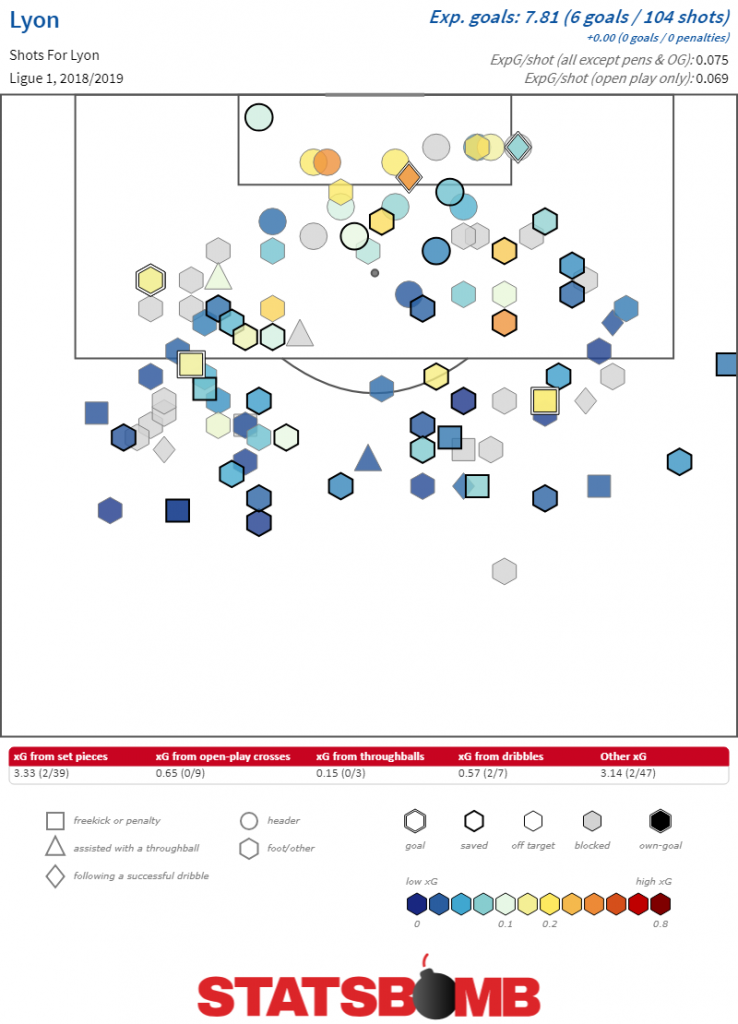
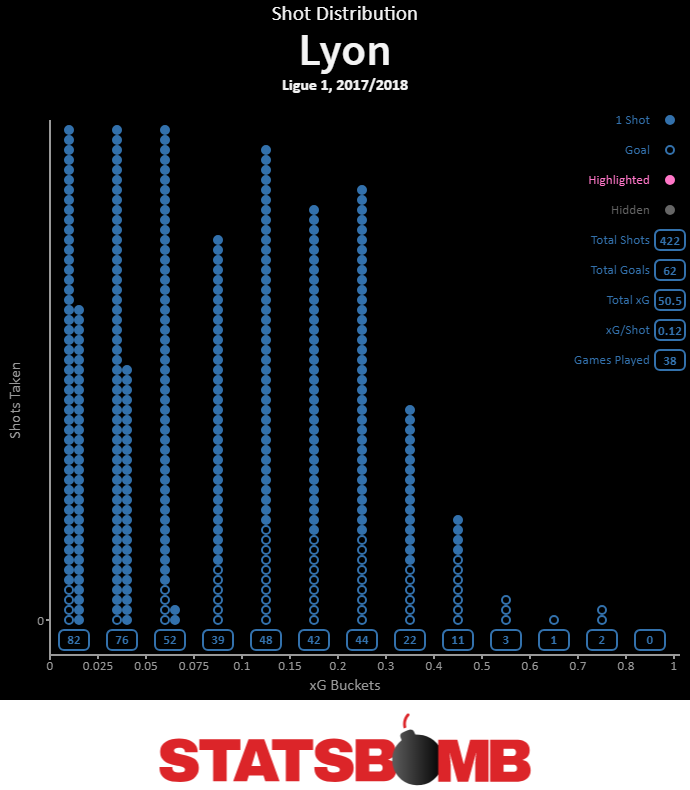
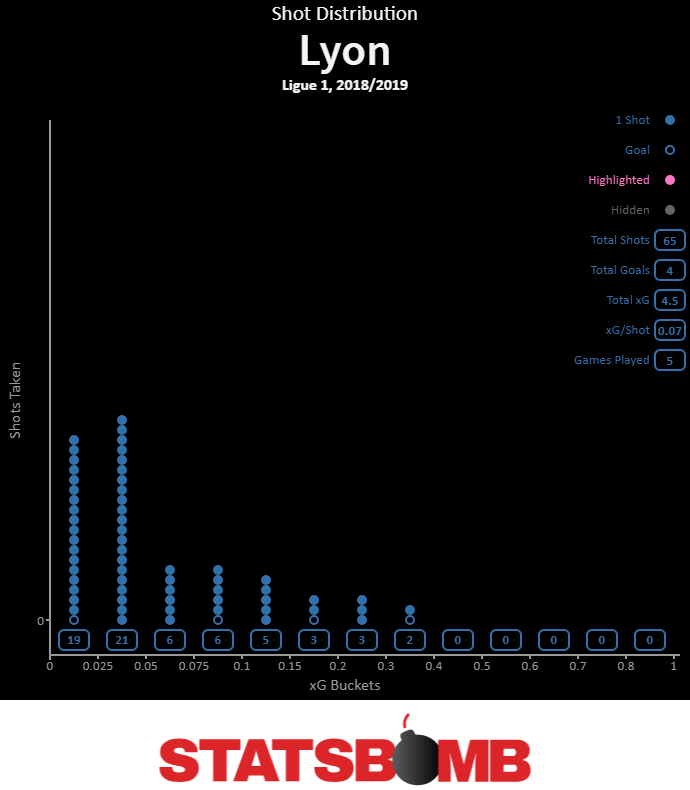
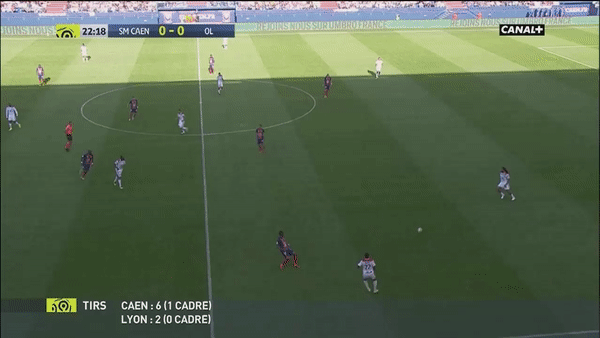
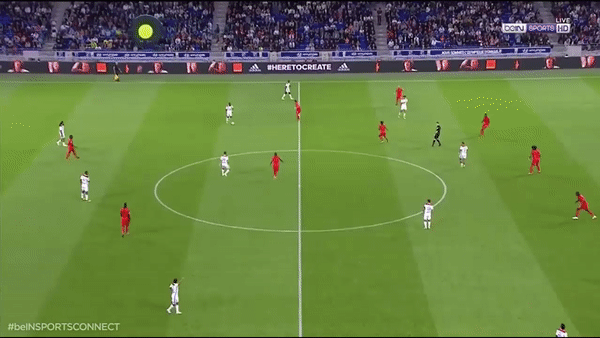
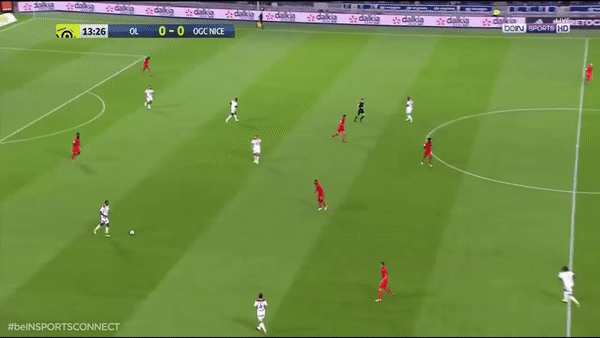
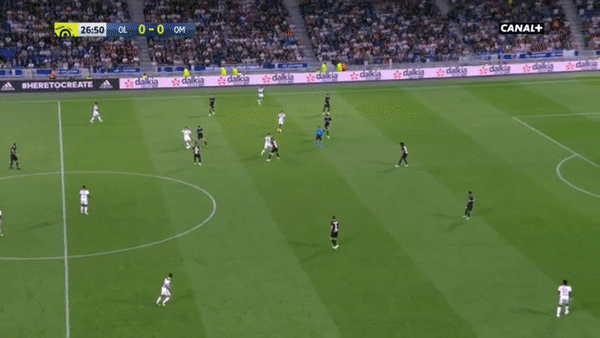
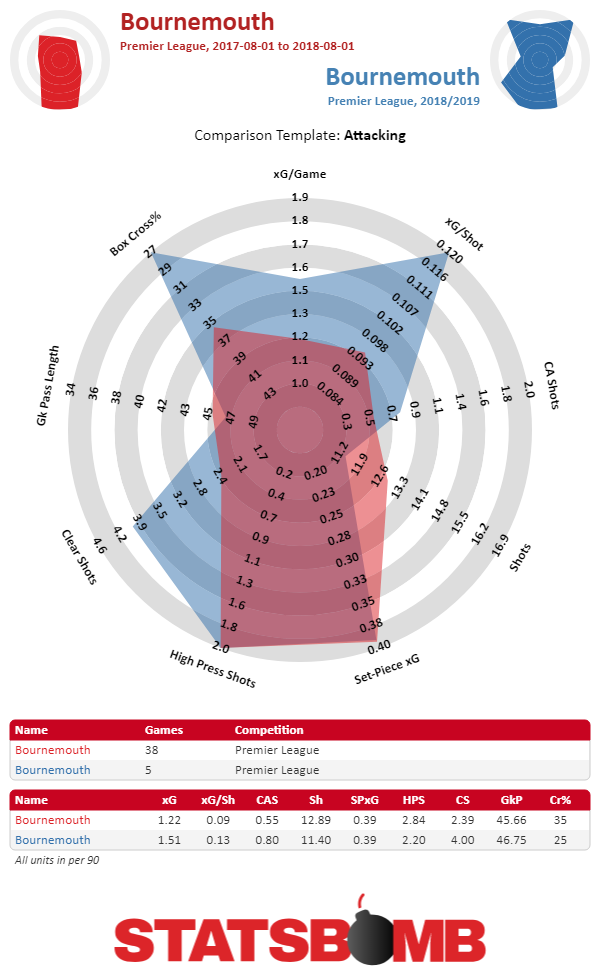
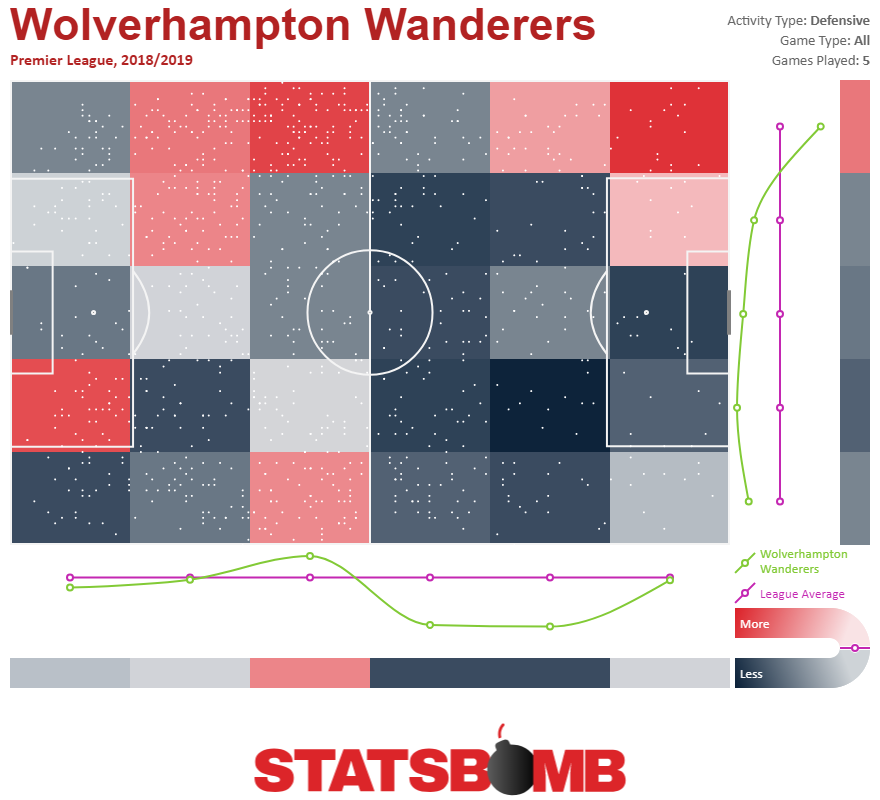 This approach is all the more surprising when you consider how they played last season. Wolves dominated the Championship. They were the most talented team, and they played like it. They kept the ball, and used the ball to create chances, break down opponents, and generally do the kind of incisive attacking things that good teams do to less talented ones. So, to see them deploying a more conservative defense this season, and doing it so well is interesting. It certainly speaks well of the team’s flexibility and their chances to end up solidly midtable this season.
This approach is all the more surprising when you consider how they played last season. Wolves dominated the Championship. They were the most talented team, and they played like it. They kept the ball, and used the ball to create chances, break down opponents, and generally do the kind of incisive attacking things that good teams do to less talented ones. So, to see them deploying a more conservative defense this season, and doing it so well is interesting. It certainly speaks well of the team’s flexibility and their chances to end up solidly midtable this season. 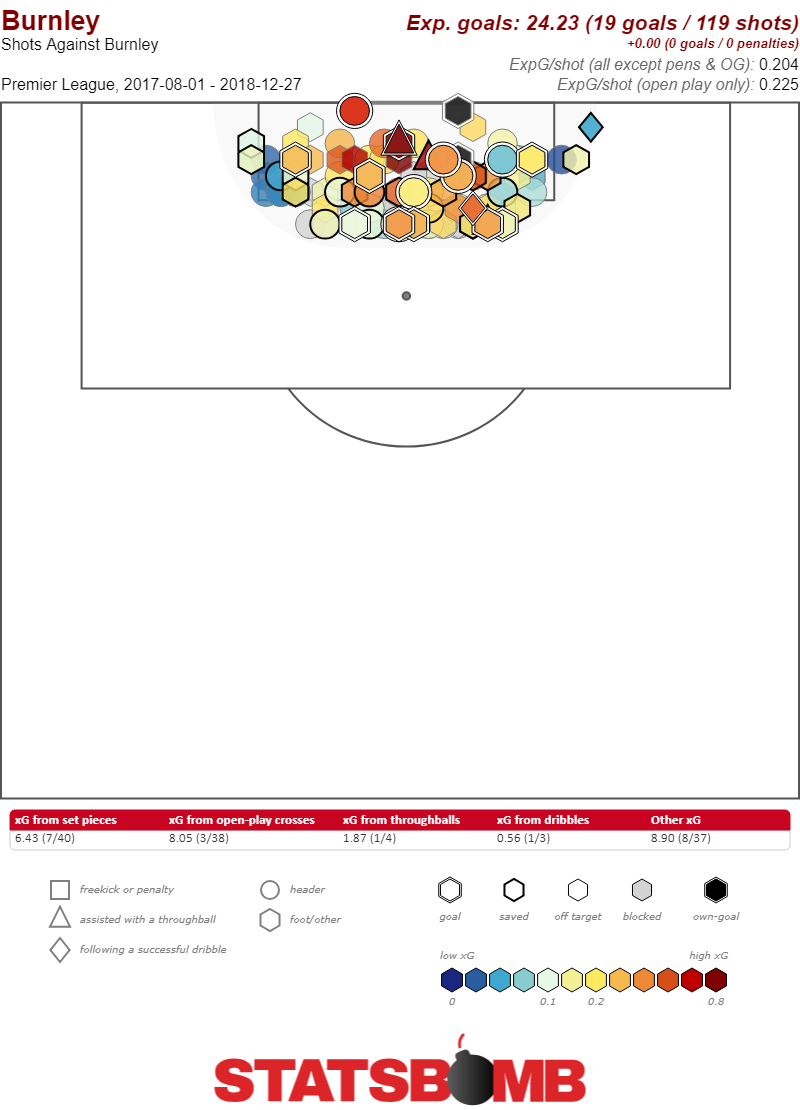 Burnley simply aren’t denying high quality chances in the same they did last year. They’ve already conceded seven shots with an expected goal value over 0.40 this year. Last year they gave up a total of 19. There are any numbers of reasons this might be happening. From Joe Hart taking over in goal, to the fact that they’ve had to open up to try and overcome deficits against sides like Fulham and West Ham, Burney’s path this season has thus far not been much more rocky than last. But, the bottom line is that the team’s defense is currently broken in boring and easy to see ways. They need to fix that before even beginning to worry about where the Dyche magic has gone.
Burnley simply aren’t denying high quality chances in the same they did last year. They’ve already conceded seven shots with an expected goal value over 0.40 this year. Last year they gave up a total of 19. There are any numbers of reasons this might be happening. From Joe Hart taking over in goal, to the fact that they’ve had to open up to try and overcome deficits against sides like Fulham and West Ham, Burney’s path this season has thus far not been much more rocky than last. But, the bottom line is that the team’s defense is currently broken in boring and easy to see ways. They need to fix that before even beginning to worry about where the Dyche magic has gone. 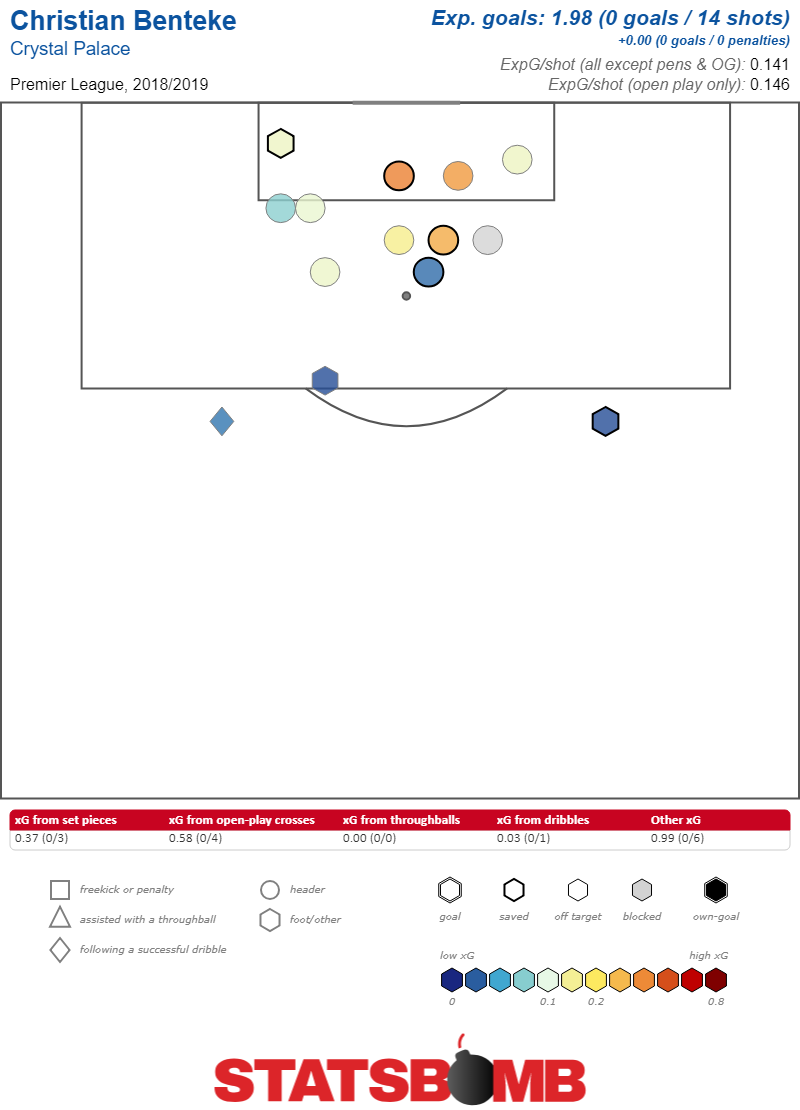 This season is simply more of the same for Benteke. He’s putting up respectable numbers in almost every category. He’s taking 3.72 shots per 90 minutes, which is tied for eight in the league (among players with 180 minutes or more played). His xG per 90 of 0.53 sneaks him right in at the bottom of the Premier League’s top ten. He is comfortably his teams most potent attacking threat, leading Palace in total xG.
This season is simply more of the same for Benteke. He’s putting up respectable numbers in almost every category. He’s taking 3.72 shots per 90 minutes, which is tied for eight in the league (among players with 180 minutes or more played). His xG per 90 of 0.53 sneaks him right in at the bottom of the Premier League’s top ten. He is comfortably his teams most potent attacking threat, leading Palace in total xG. 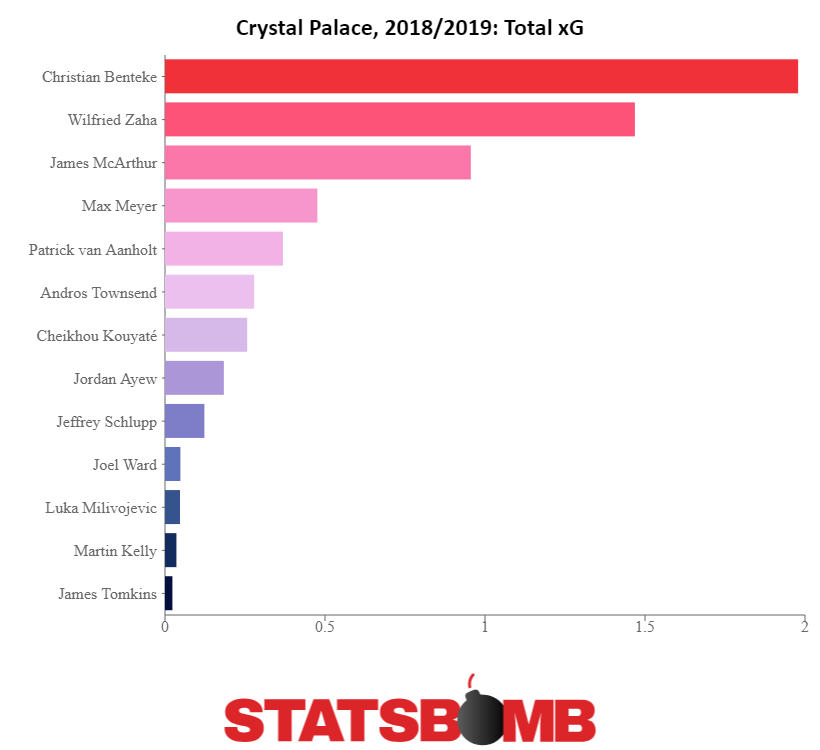 But still, no goals. Coming off the heels of one horrible no good very bad finishing season, Benteke is hard at work on the sequel. He’s currently sidelined with a knee injury, and set to miss his second game in a row. When he returns, if the goals don’t start coming soon, there’s a real chance Hodgson won’t keep waiting for them.
But still, no goals. Coming off the heels of one horrible no good very bad finishing season, Benteke is hard at work on the sequel. He’s currently sidelined with a knee injury, and set to miss his second game in a row. When he returns, if the goals don’t start coming soon, there’s a real chance Hodgson won’t keep waiting for them. 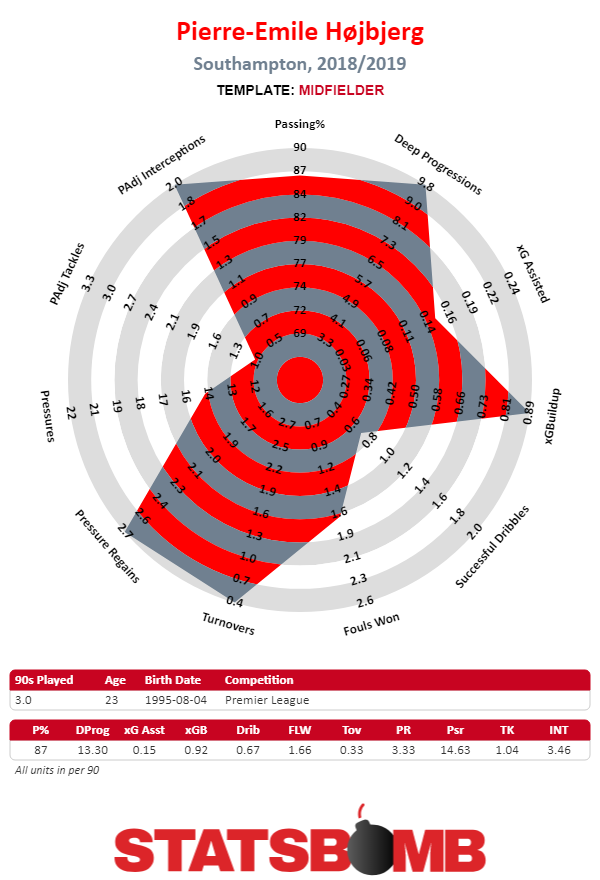
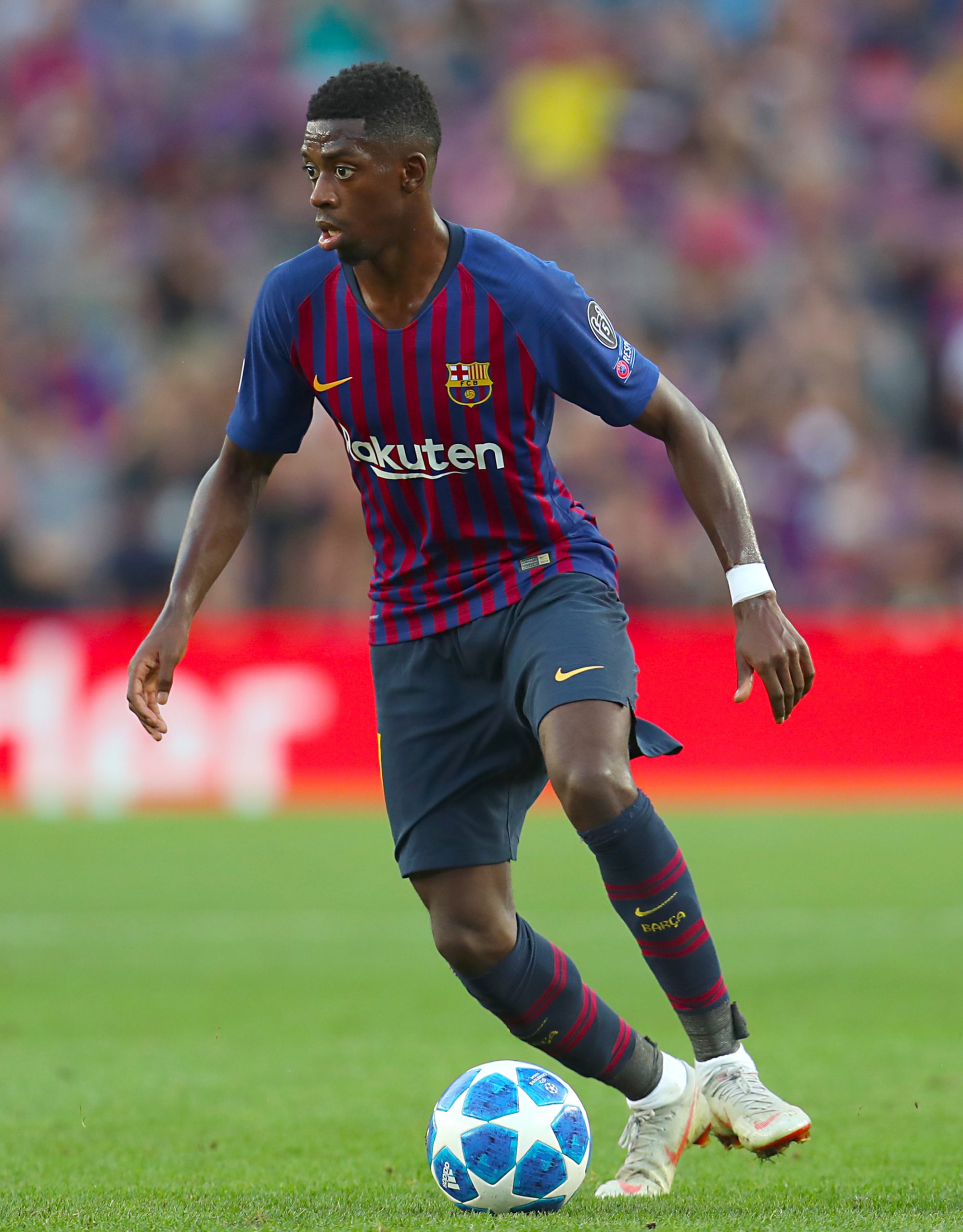
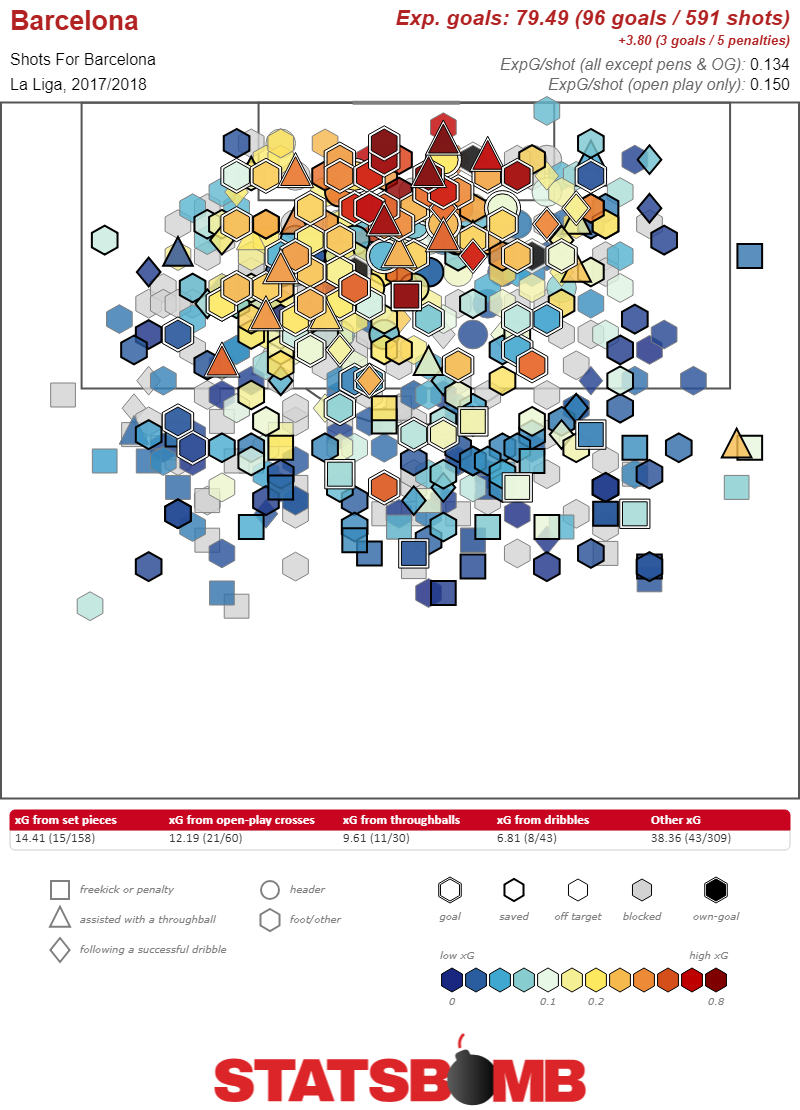 On the defensive side they
On the defensive side they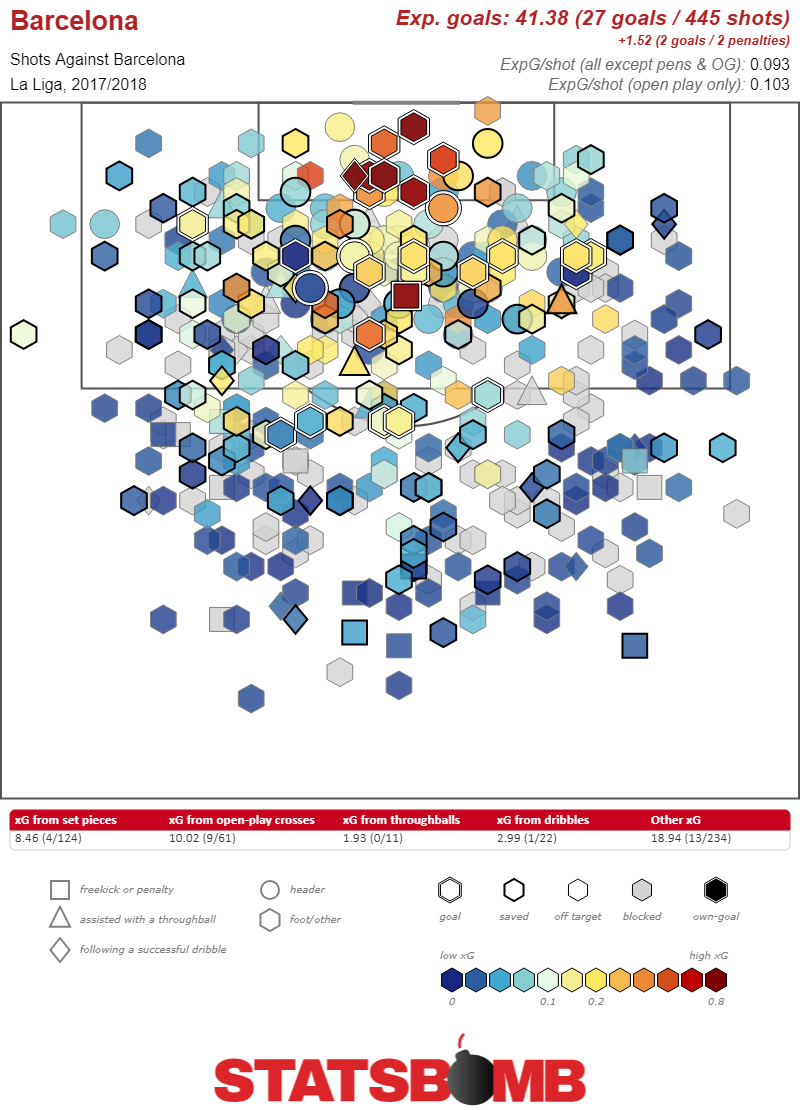
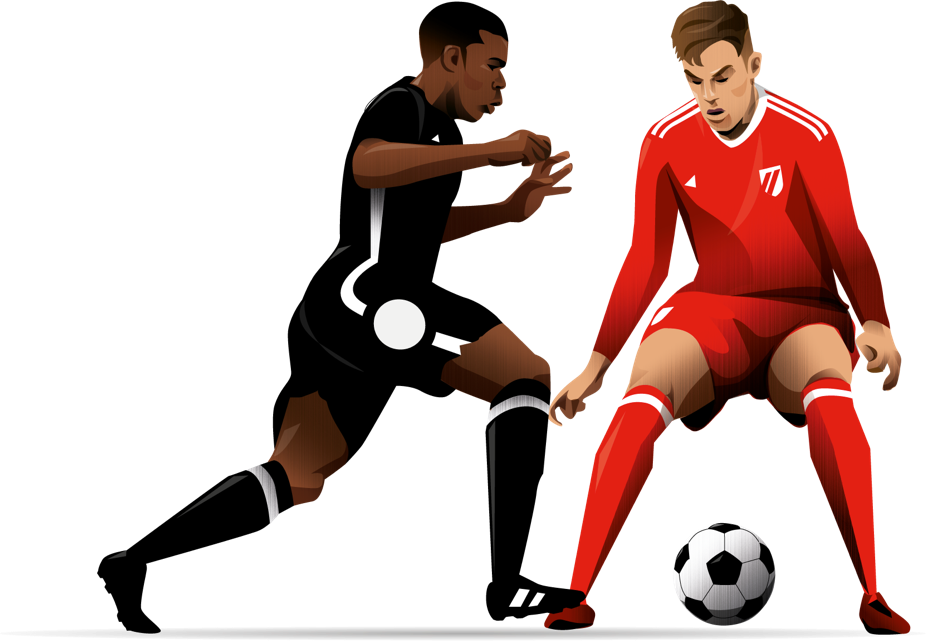
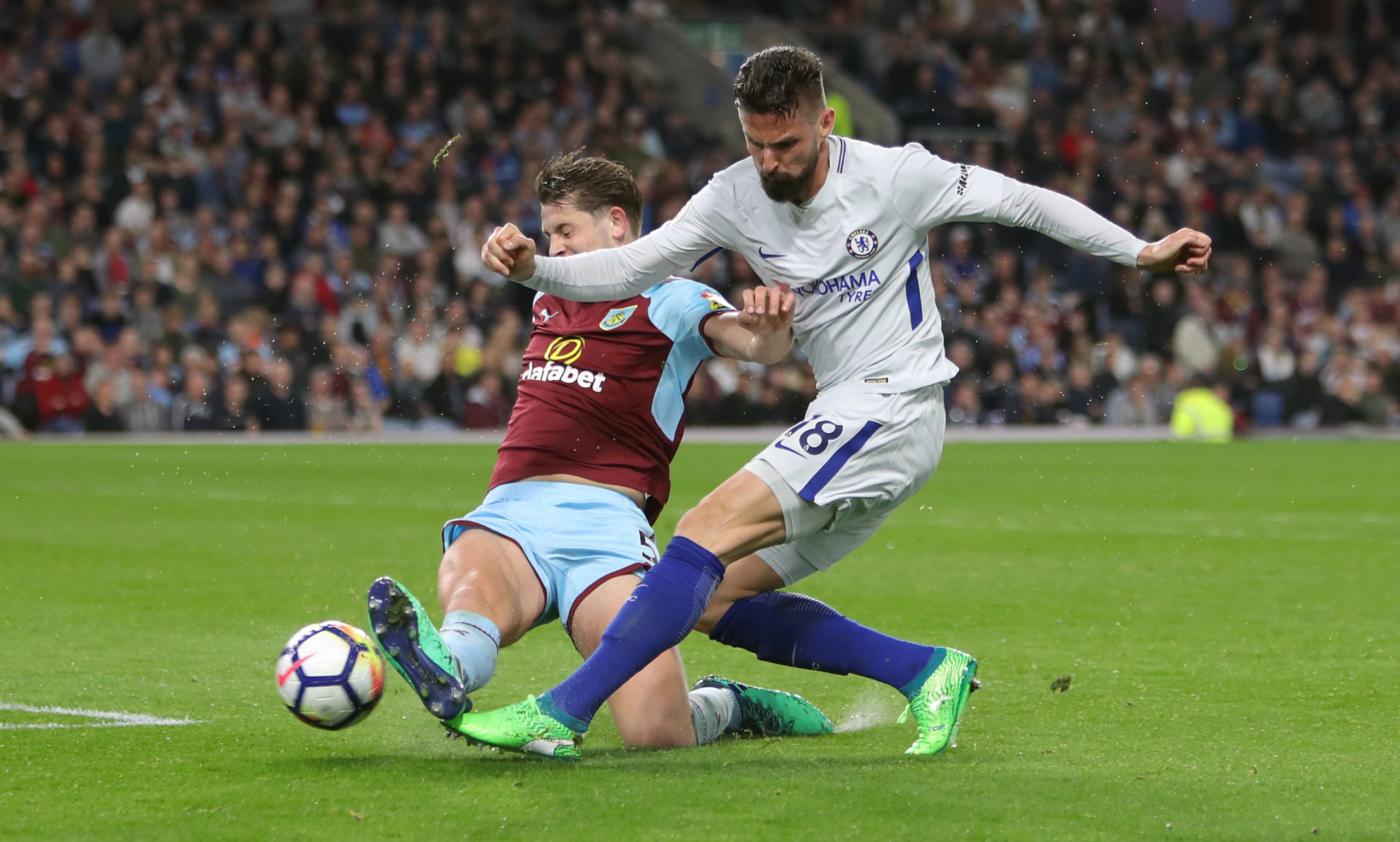
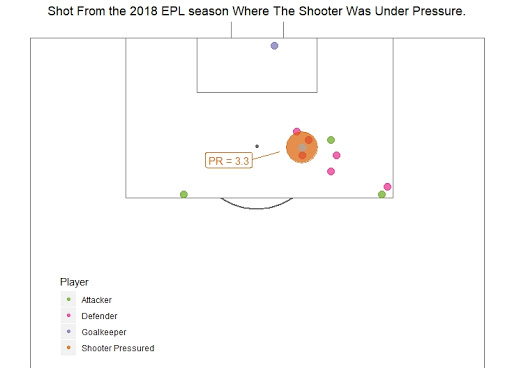
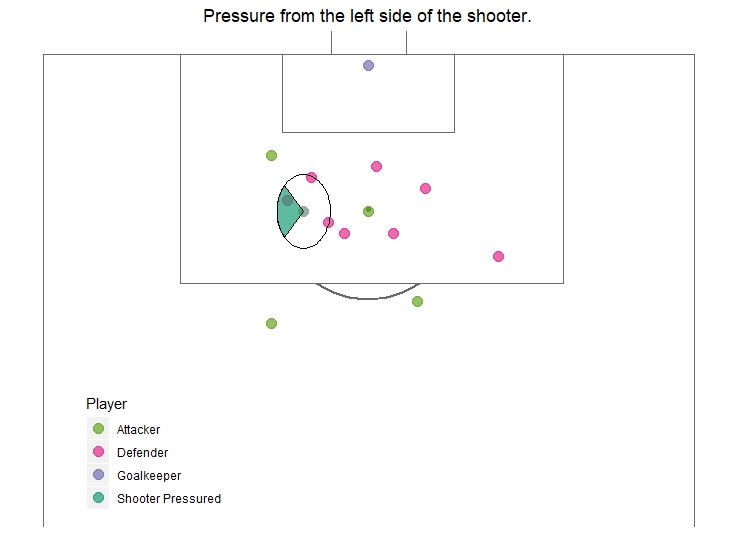

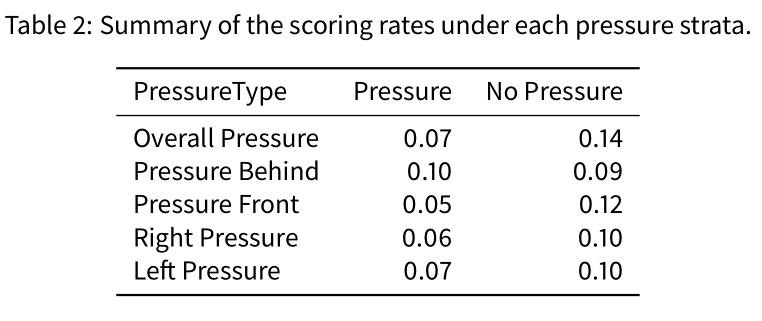


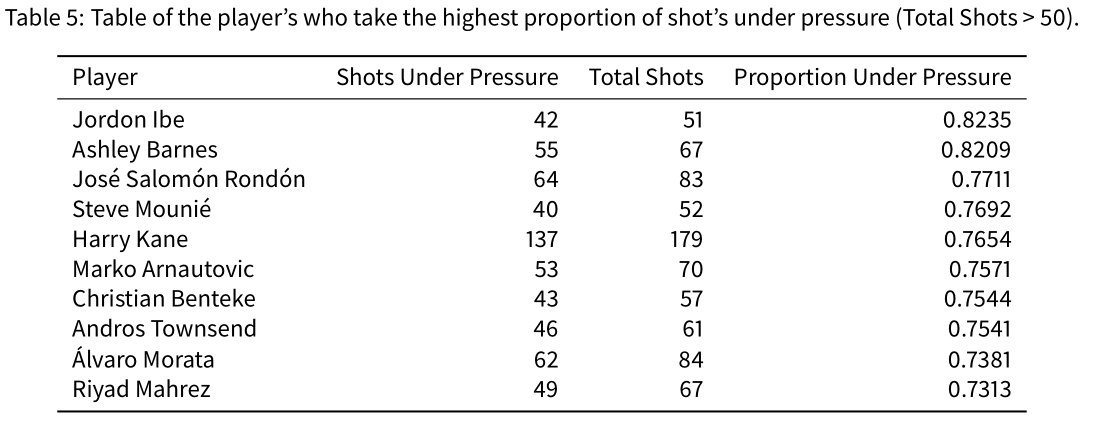
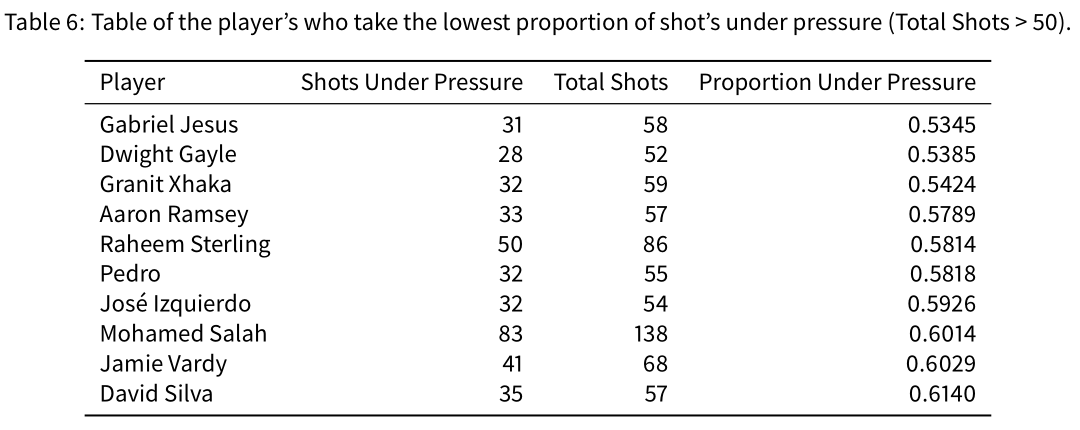
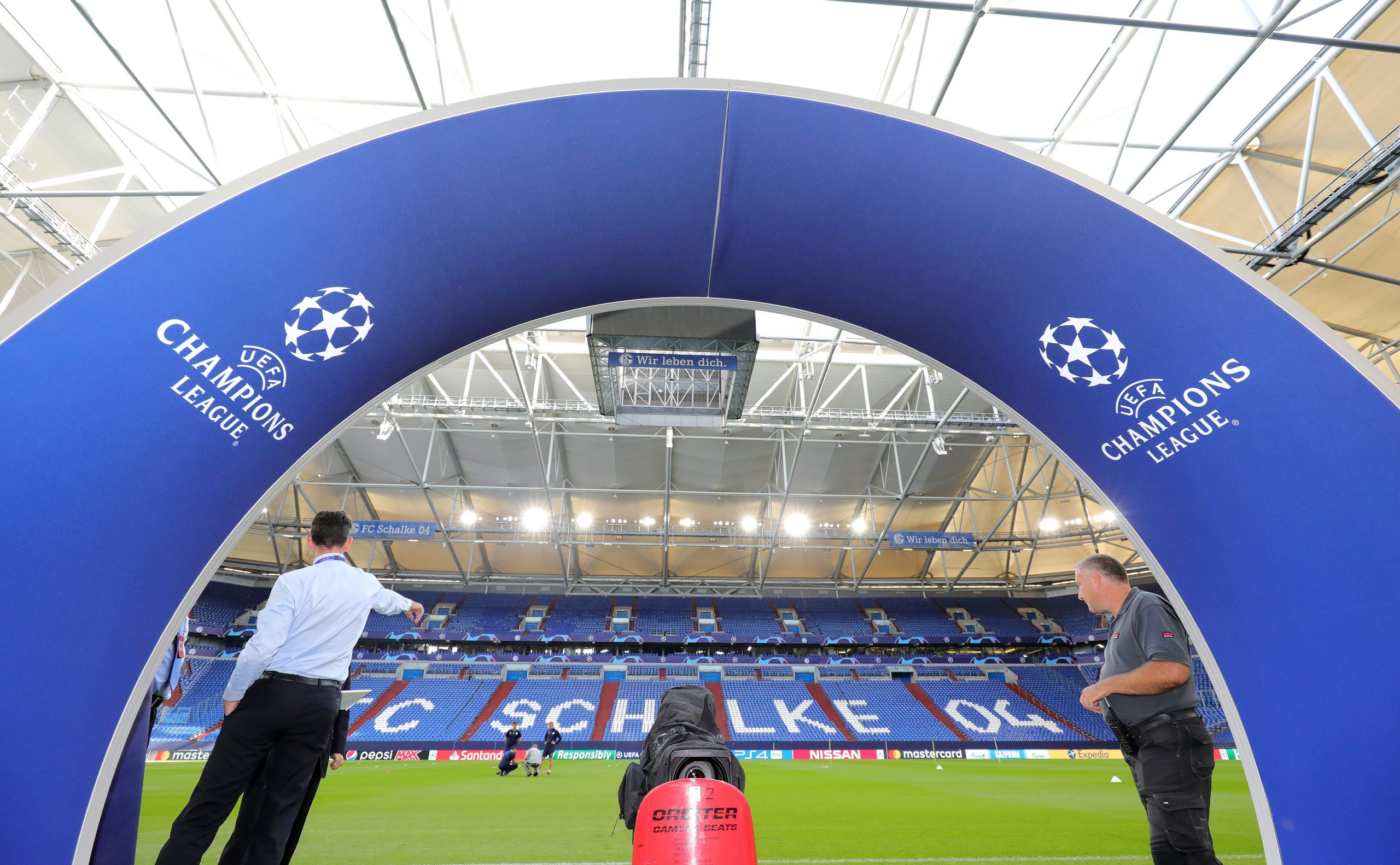
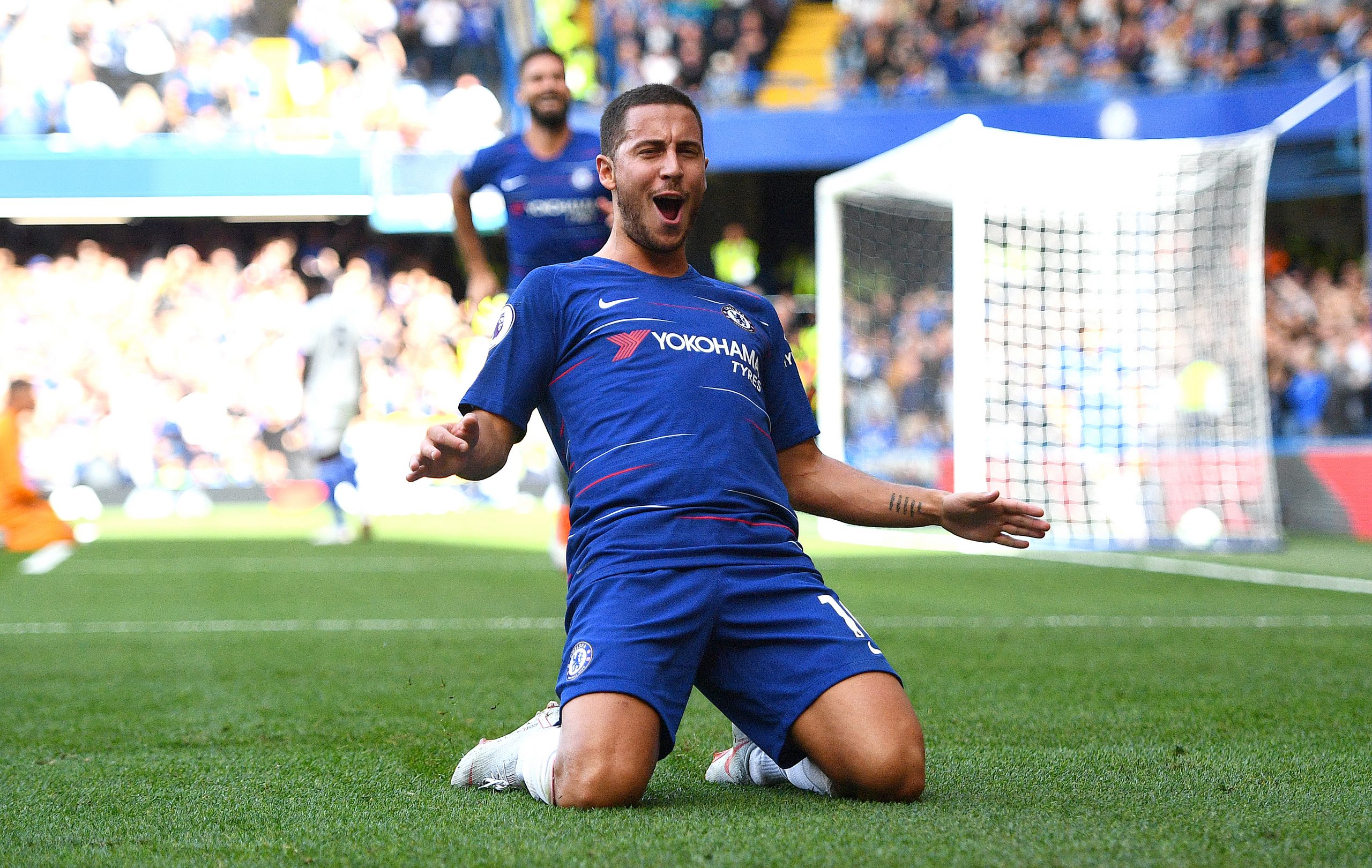
 This suggests that while Chelsea may be dominating the ball, they’ve yet to really break down teams in the final third. Rather, they’ve had to settle for an avalanche of speculative efforts and rely on accumulating enough individual moments of brilliance to break through defenses that are resolutely packed against them. This was somewhat less true against Cardiff, where the team created four chances of 0.15 xG or higher (as well as a penalty) despite playing against a team in Cardiff that is one of the more defensively conservative sides in the league, and was incentivized to play even more on the back foot thanks to taking a lead a quarter of an hour in. One particularly noticeable difference in Chelsea was how starting Olivier Giroud instead of Alvaro Morata changed the passing dynamics of Chelsea’s front three. Giroud was extremely involved in linking play over the course of the game. He created Chelsea’s biggest chance by playing midfielder Mateo Kovacic through on goal. Giroud played eight passes to Eden Hazard and four to Kovacic as parts of moves that resulted in 1.12 expected goals. Giroud’s ability to exchange passes around the top of the box in close quarters changed the positional dynamics of Chelsea’s attack. Here’s what their pass map looked like against Cardiff.
This suggests that while Chelsea may be dominating the ball, they’ve yet to really break down teams in the final third. Rather, they’ve had to settle for an avalanche of speculative efforts and rely on accumulating enough individual moments of brilliance to break through defenses that are resolutely packed against them. This was somewhat less true against Cardiff, where the team created four chances of 0.15 xG or higher (as well as a penalty) despite playing against a team in Cardiff that is one of the more defensively conservative sides in the league, and was incentivized to play even more on the back foot thanks to taking a lead a quarter of an hour in. One particularly noticeable difference in Chelsea was how starting Olivier Giroud instead of Alvaro Morata changed the passing dynamics of Chelsea’s front three. Giroud was extremely involved in linking play over the course of the game. He created Chelsea’s biggest chance by playing midfielder Mateo Kovacic through on goal. Giroud played eight passes to Eden Hazard and four to Kovacic as parts of moves that resulted in 1.12 expected goals. Giroud’s ability to exchange passes around the top of the box in close quarters changed the positional dynamics of Chelsea’s attack. Here’s what their pass map looked like against Cardiff. 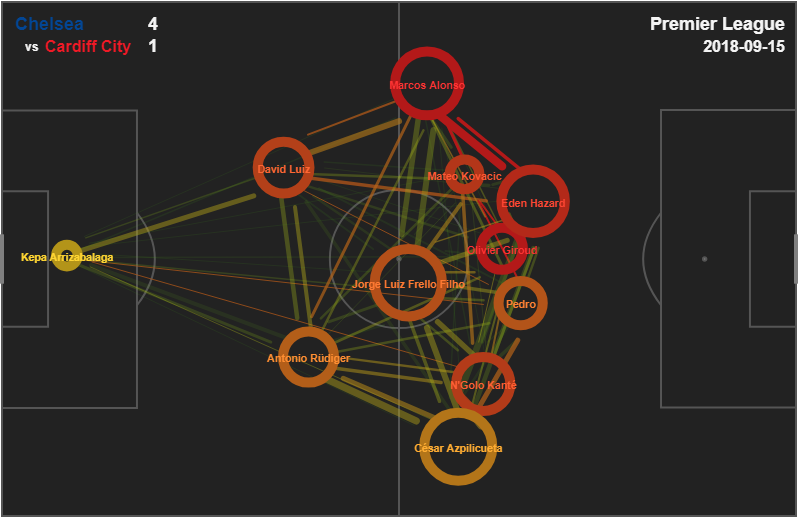 This is what it looked like against a similarly committed defensive team in Newcastle, with Morata starting.
This is what it looked like against a similarly committed defensive team in Newcastle, with Morata starting. 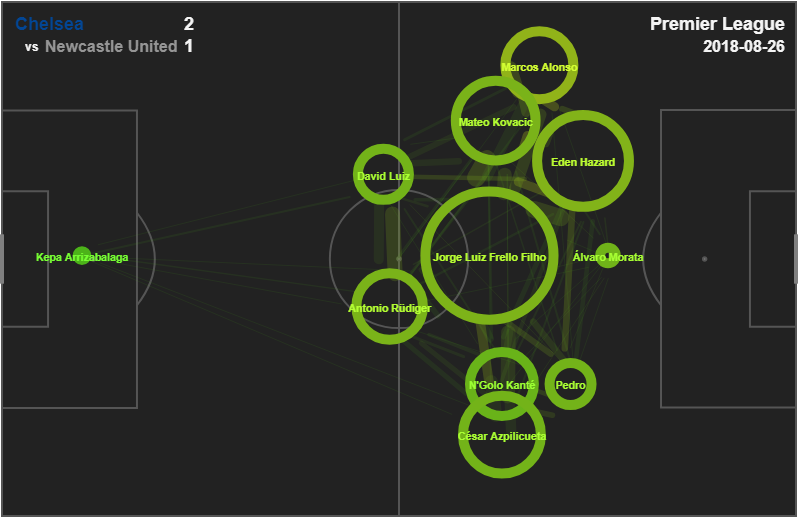 Morata is much less involved. The wingers are wider. The midfielders are deeper. Everybody is green instead of red (a measure of contribution to expected goals). This is a much more typical striker profile. A player who is relatively uninvolved but for getting goal scoring chances. Giroud, on the other hand, is doing a lot of creative work. Over the years, Sarri’s system has operated with a myriad of different striker profiles. His Napoli teams moved from Gonzalo Higuain to Arkadiusz Milik to Dries Mertens all of whom have incredibly different skillsets. Higuain is a classic all around striker, who scores goals in every way possible while also providing creditable link-up play. Milik is a dedicated goal poacher. Mertens is a converted winger whose skills are centered around his ability with the ball at his feet. Clearly Sarri will be able to incorporate either Giroud or Morata, it's just an issue of which striker can play better with the talent around him. Both strikers are ultimately going to play a lot of minutes. With Europa League kicking off this week, Morata and Giroud will both need to start and contribute. What the early returns seem to suggest, though, is that they are not interchangeable parts. Giroud’s presence is important to Chelsea when it comes to breaking down defenses, while Morata remains a much more dedicated goal scorer. He’s more mobile than Giroud, more able to create chances for himself, or bother a back line without support, but he won’t contribute much beyond goals when it comes to breaking down a set defense. An Underrated Defense Chelsea’s defense has also been surprisingly strong this season. While philosophically Sarri is known as an attacking manager, thus far his team is living proof that other team can’t score if they don’t have the ball. Chelsea are only conceding nine shots per game, the third lowest total in the league, and they’re only giving up 0.87 expected goals per game, second best in the league and one of only five teams below the one goal mark. They’re doing that all with a defensive pressure map that looks like this.
Morata is much less involved. The wingers are wider. The midfielders are deeper. Everybody is green instead of red (a measure of contribution to expected goals). This is a much more typical striker profile. A player who is relatively uninvolved but for getting goal scoring chances. Giroud, on the other hand, is doing a lot of creative work. Over the years, Sarri’s system has operated with a myriad of different striker profiles. His Napoli teams moved from Gonzalo Higuain to Arkadiusz Milik to Dries Mertens all of whom have incredibly different skillsets. Higuain is a classic all around striker, who scores goals in every way possible while also providing creditable link-up play. Milik is a dedicated goal poacher. Mertens is a converted winger whose skills are centered around his ability with the ball at his feet. Clearly Sarri will be able to incorporate either Giroud or Morata, it's just an issue of which striker can play better with the talent around him. Both strikers are ultimately going to play a lot of minutes. With Europa League kicking off this week, Morata and Giroud will both need to start and contribute. What the early returns seem to suggest, though, is that they are not interchangeable parts. Giroud’s presence is important to Chelsea when it comes to breaking down defenses, while Morata remains a much more dedicated goal scorer. He’s more mobile than Giroud, more able to create chances for himself, or bother a back line without support, but he won’t contribute much beyond goals when it comes to breaking down a set defense. An Underrated Defense Chelsea’s defense has also been surprisingly strong this season. While philosophically Sarri is known as an attacking manager, thus far his team is living proof that other team can’t score if they don’t have the ball. Chelsea are only conceding nine shots per game, the third lowest total in the league, and they’re only giving up 0.87 expected goals per game, second best in the league and one of only five teams below the one goal mark. They’re doing that all with a defensive pressure map that looks like this. 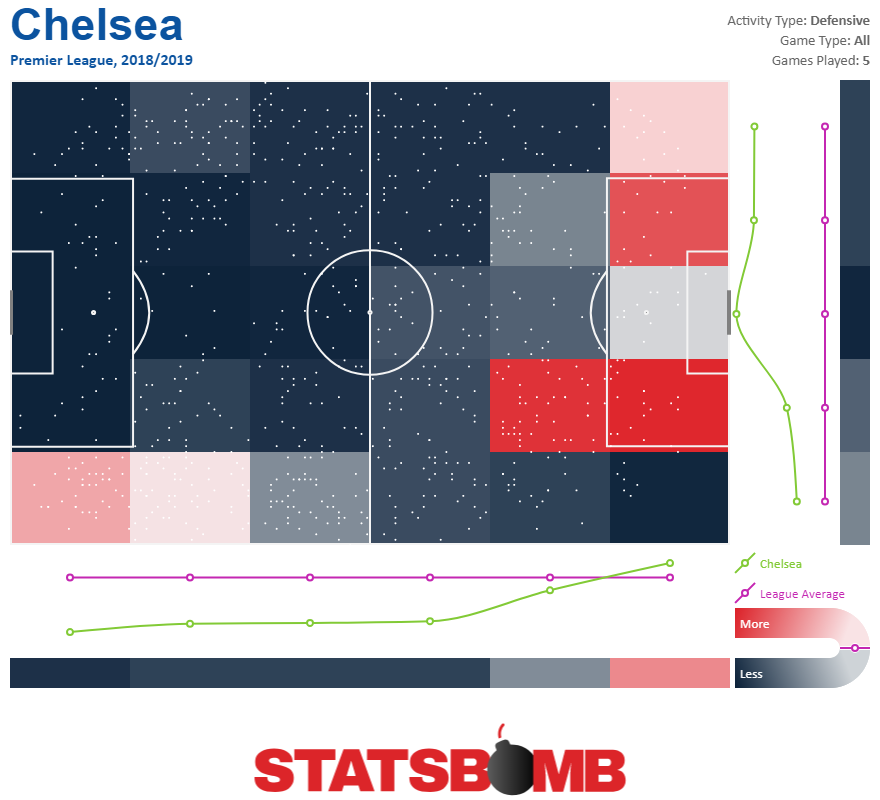 On the one hand, all that blue is to be somewhat unsurprising from a high possession team. On the other, most high possession teams display a pattern of pressing high up the field to win the ball back. That is, typically, a good press is the engine that drives high possession, and thus prevents other teams from having opportunities. That does not appear to be the case with Chelsea. Rather than showing a high propensity to win the ball back, they simply show an extreme tendency to always have the ball. This creates two potential problems going forward. The first is, what happens against other teams that are also good at holding the ball. They’ve only played one match against a team committed to attack, and Arsenal spent a half ripping through them. Chelsea won because after a wide open first half which ended 2-2, Arsenal manager Unai Emery decided to try and defend his way to a draw in the second half. But, in that first half, Chelsea conceded 1.31 expected goals.
On the one hand, all that blue is to be somewhat unsurprising from a high possession team. On the other, most high possession teams display a pattern of pressing high up the field to win the ball back. That is, typically, a good press is the engine that drives high possession, and thus prevents other teams from having opportunities. That does not appear to be the case with Chelsea. Rather than showing a high propensity to win the ball back, they simply show an extreme tendency to always have the ball. This creates two potential problems going forward. The first is, what happens against other teams that are also good at holding the ball. They’ve only played one match against a team committed to attack, and Arsenal spent a half ripping through them. Chelsea won because after a wide open first half which ended 2-2, Arsenal manager Unai Emery decided to try and defend his way to a draw in the second half. But, in that first half, Chelsea conceded 1.31 expected goals. 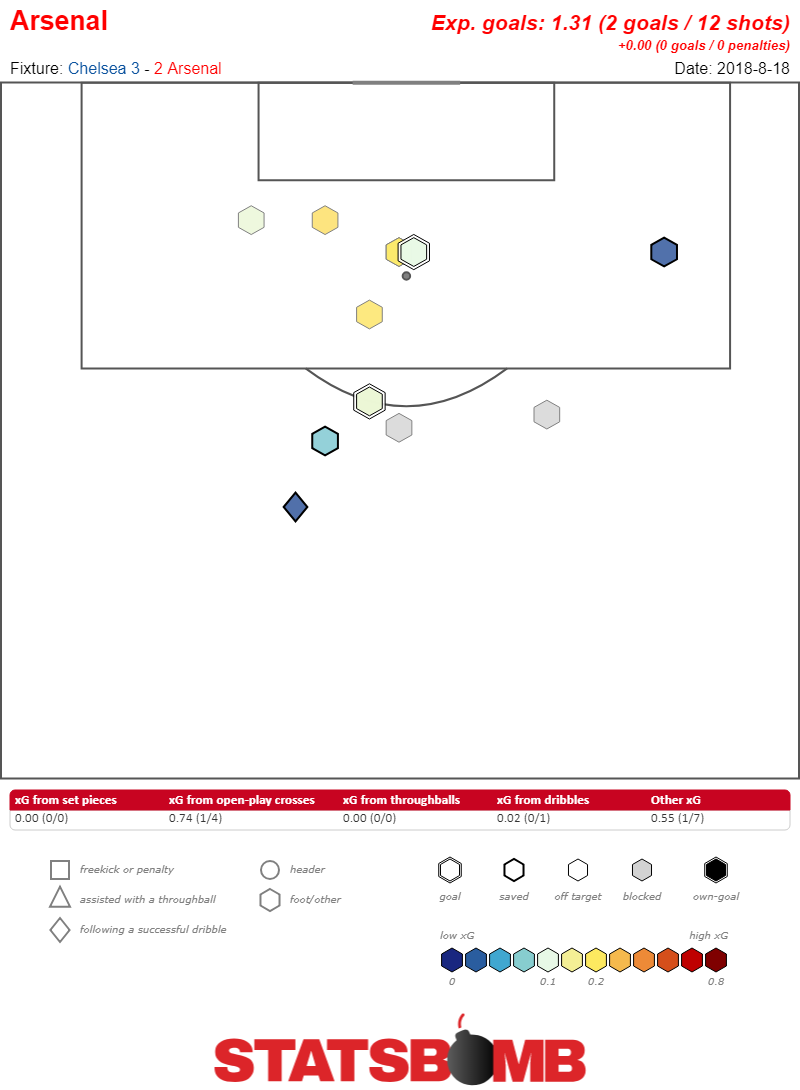 The second problem is what happens when they play against a team that excels at counterattacking into space. Most teams that attack as aggressively as Chelsea do make a concerted effort to maintain their spacing in order to end counterattacks deep in opposing territory before they start. We’ve yet to see any evidence that Chelsea can implement that approach. It’s possible to overwhelm teams like Cardiff and Newcastle, to use sustained possession to turn a defend and counterattack approach into defend and pray. But, there are good teams that are able to counterattack at speed. Liverpool, for example, has often chosen to adopt a more counterattacking posture when it comes to clashes against the other best teams in the world, and used it to great effect. Manchester United are less dynamic, but they too will look to play up midfield and then play up the field quickly using a center forward and a winger in combination. Despite Chelsea’s impressive defensive start, there’s still not a lot to indicate that they are well equipped to deal with the attacks that other good teams will bring to the table against them. Chelsea have a lot of promise this season. Their perfect start gives them a strong leg up for finishing in the top four. They’ve managed to take every point available while a new manager implements a new system while dealing with a whole host of players who had very little preseason time together thanks to the World Cup. That’s a tremendous early season accomplishment. That said, the finished Chelsea article is likely to look slightly different from where they are now. Their attack will probably improve, and they’ll pick teams apart even more ruthlessly than they have so far. Their defense on the other hand, despite it’s gaudy numbers, remains unproven. Before considering the team as an actual contender for the Premier League title, Sarri needs to show some evidence that his approach has a plan for dealing with teams that won’t simply be overwhelmed by their attack. Those remaining defensive questions will likely determine whether Chelsea are simply a good team, or they’re a title contending one. Header image courtesy of the Press Association
The second problem is what happens when they play against a team that excels at counterattacking into space. Most teams that attack as aggressively as Chelsea do make a concerted effort to maintain their spacing in order to end counterattacks deep in opposing territory before they start. We’ve yet to see any evidence that Chelsea can implement that approach. It’s possible to overwhelm teams like Cardiff and Newcastle, to use sustained possession to turn a defend and counterattack approach into defend and pray. But, there are good teams that are able to counterattack at speed. Liverpool, for example, has often chosen to adopt a more counterattacking posture when it comes to clashes against the other best teams in the world, and used it to great effect. Manchester United are less dynamic, but they too will look to play up midfield and then play up the field quickly using a center forward and a winger in combination. Despite Chelsea’s impressive defensive start, there’s still not a lot to indicate that they are well equipped to deal with the attacks that other good teams will bring to the table against them. Chelsea have a lot of promise this season. Their perfect start gives them a strong leg up for finishing in the top four. They’ve managed to take every point available while a new manager implements a new system while dealing with a whole host of players who had very little preseason time together thanks to the World Cup. That’s a tremendous early season accomplishment. That said, the finished Chelsea article is likely to look slightly different from where they are now. Their attack will probably improve, and they’ll pick teams apart even more ruthlessly than they have so far. Their defense on the other hand, despite it’s gaudy numbers, remains unproven. Before considering the team as an actual contender for the Premier League title, Sarri needs to show some evidence that his approach has a plan for dealing with teams that won’t simply be overwhelmed by their attack. Those remaining defensive questions will likely determine whether Chelsea are simply a good team, or they’re a title contending one. Header image courtesy of the Press Association